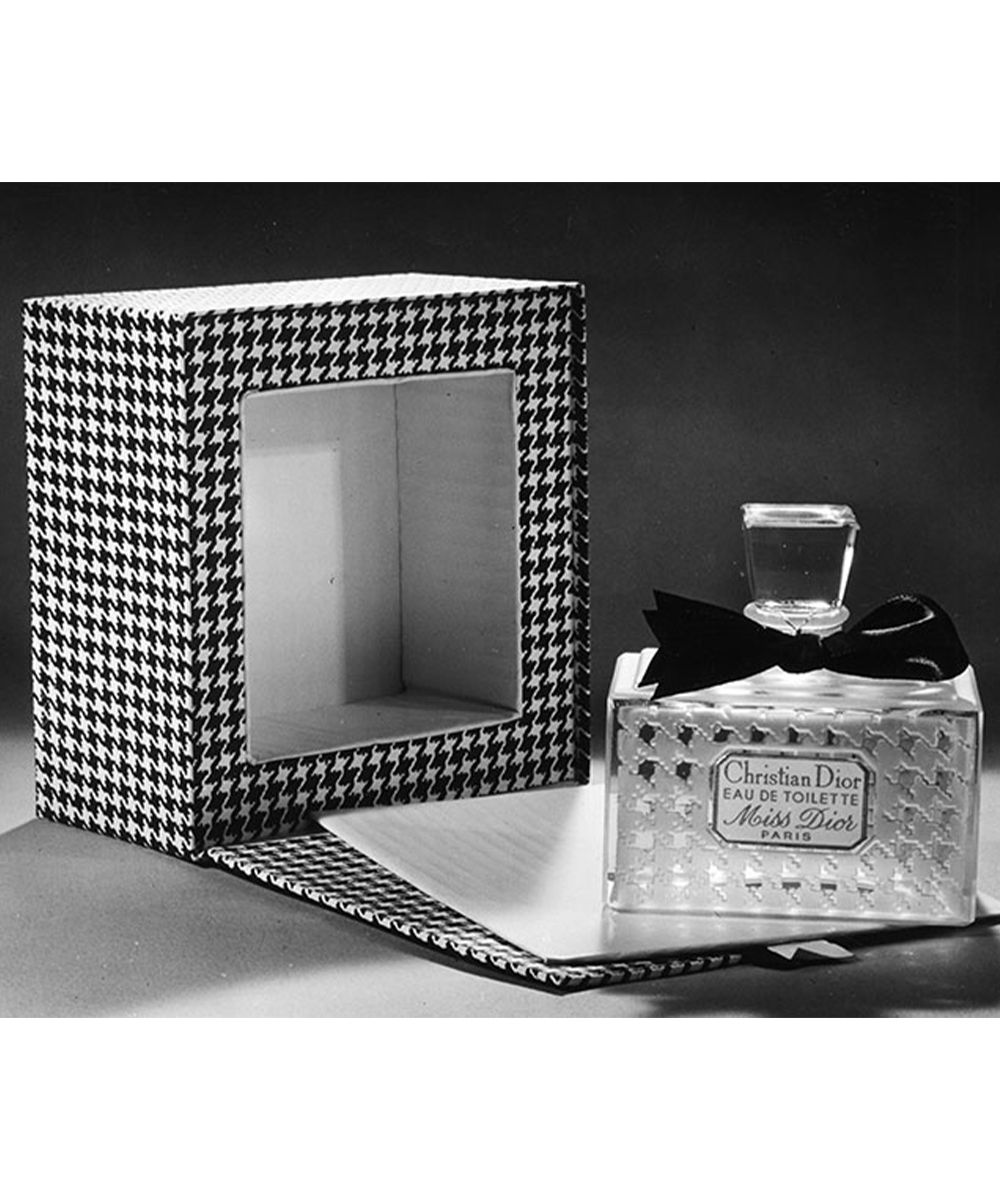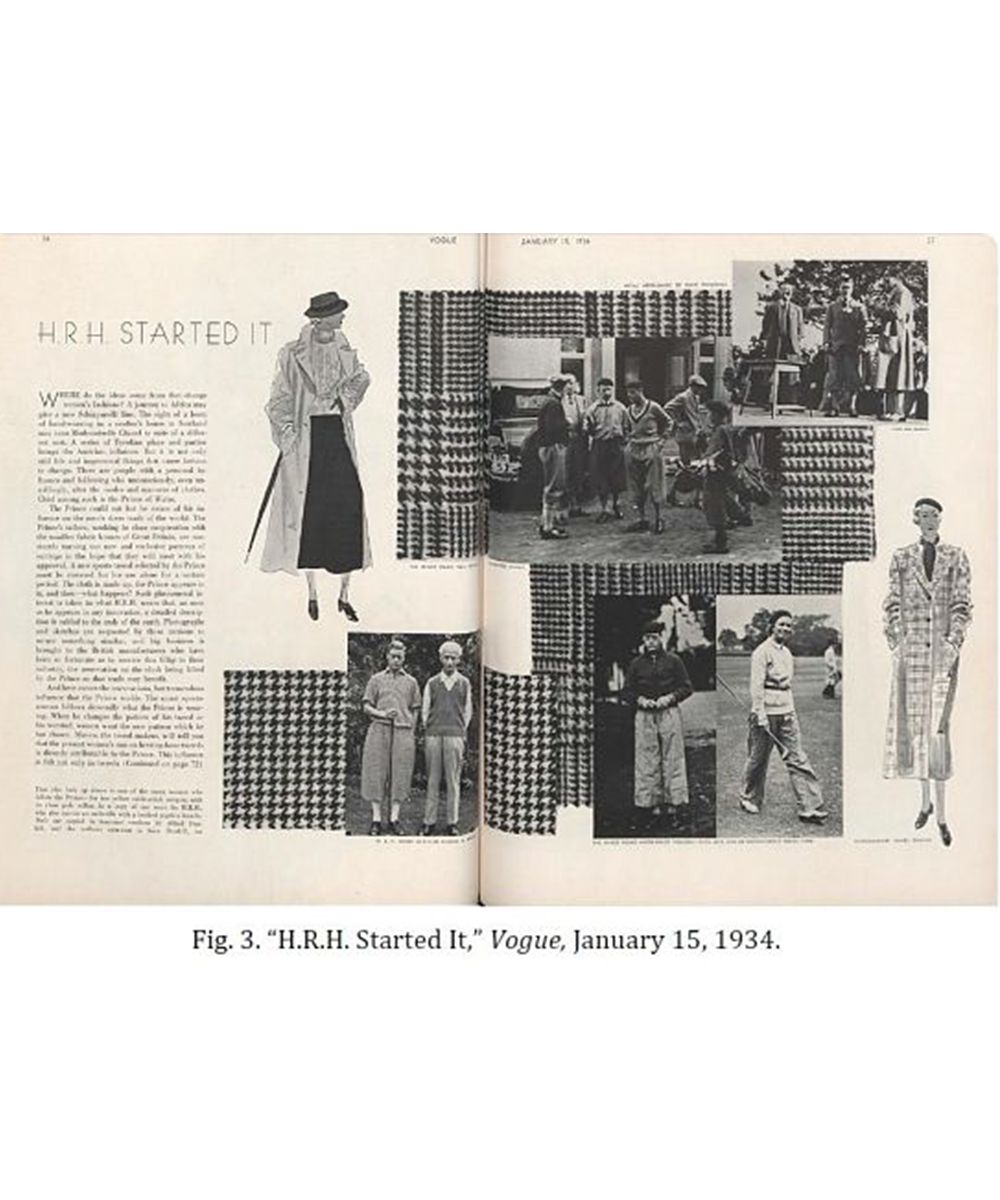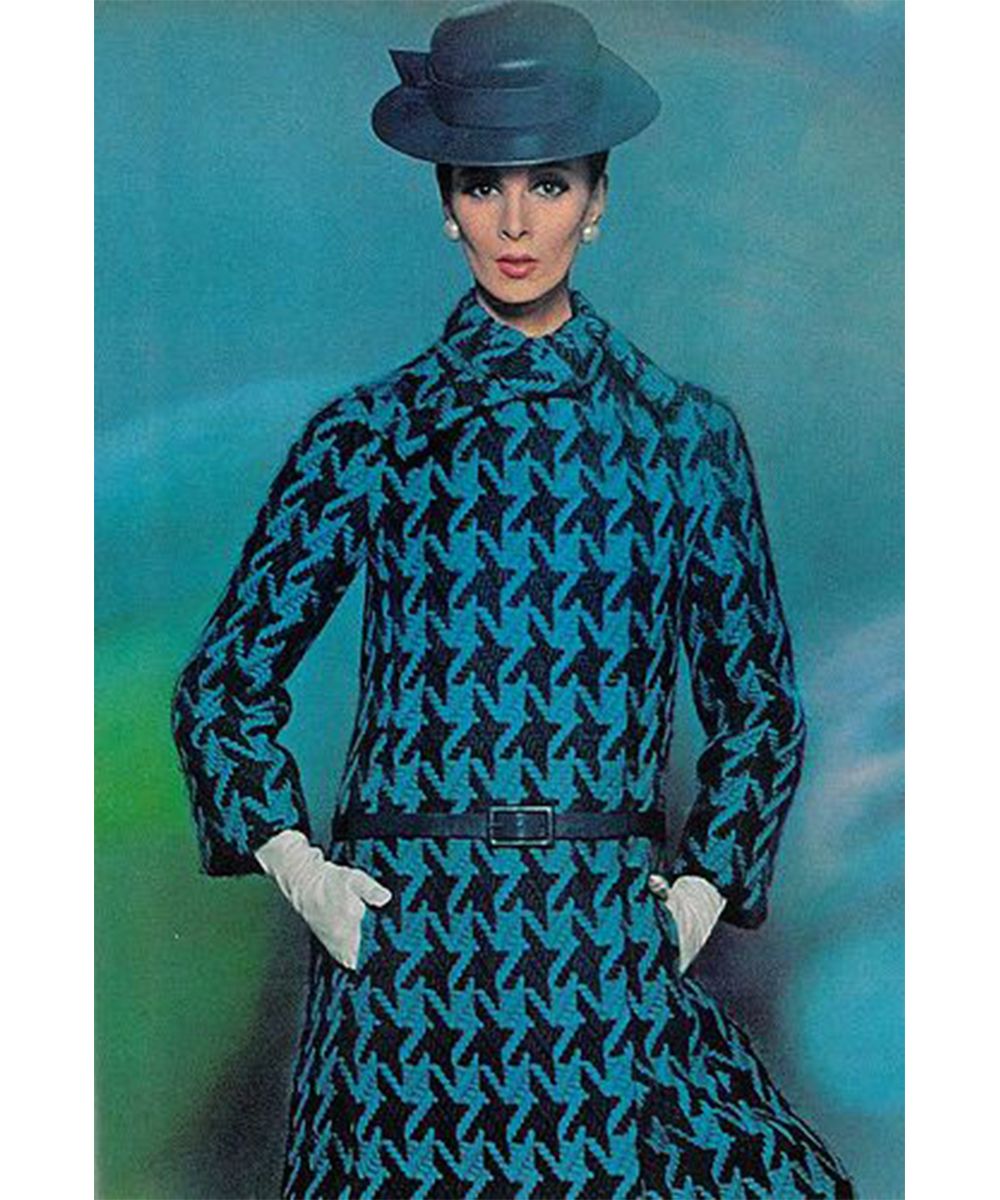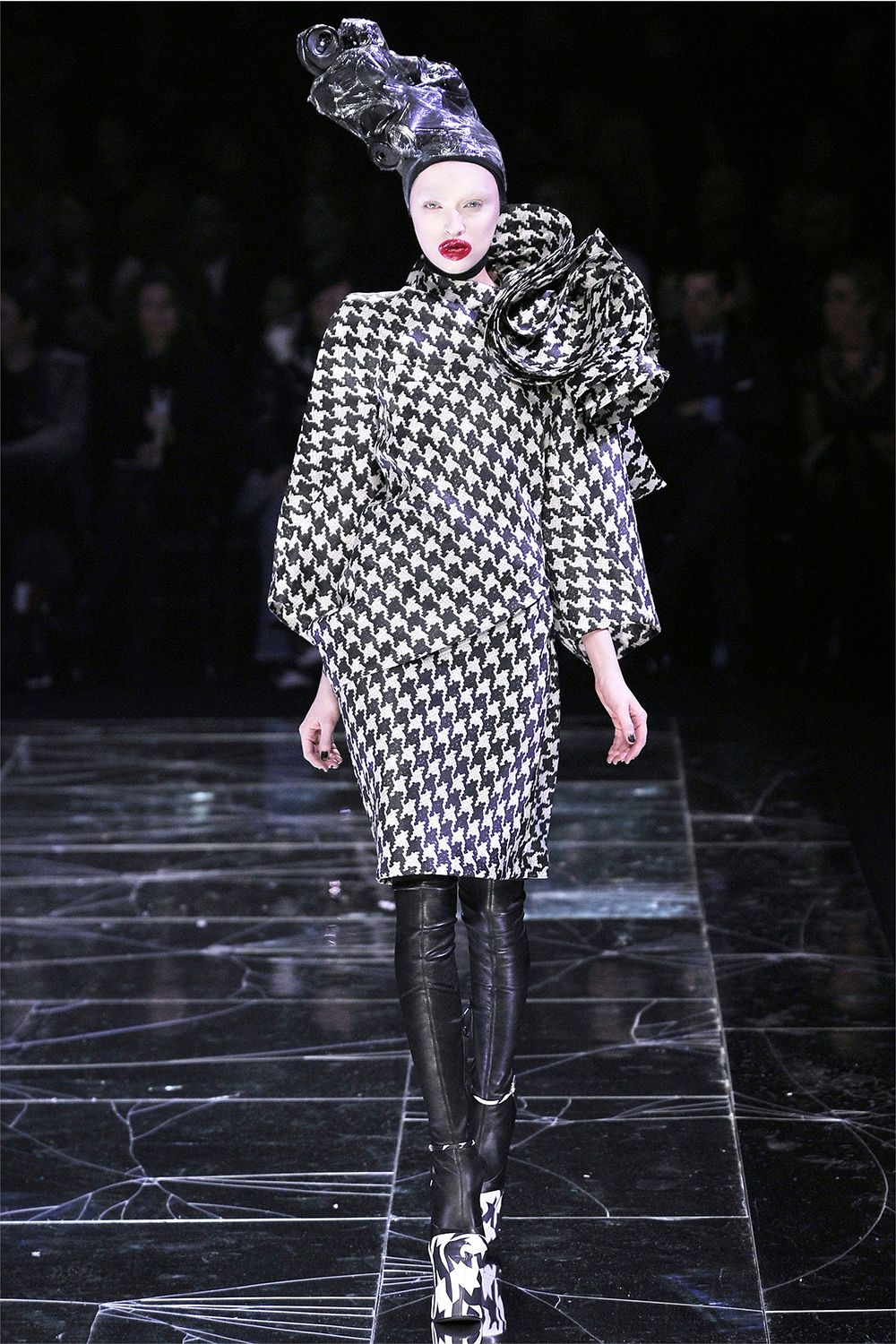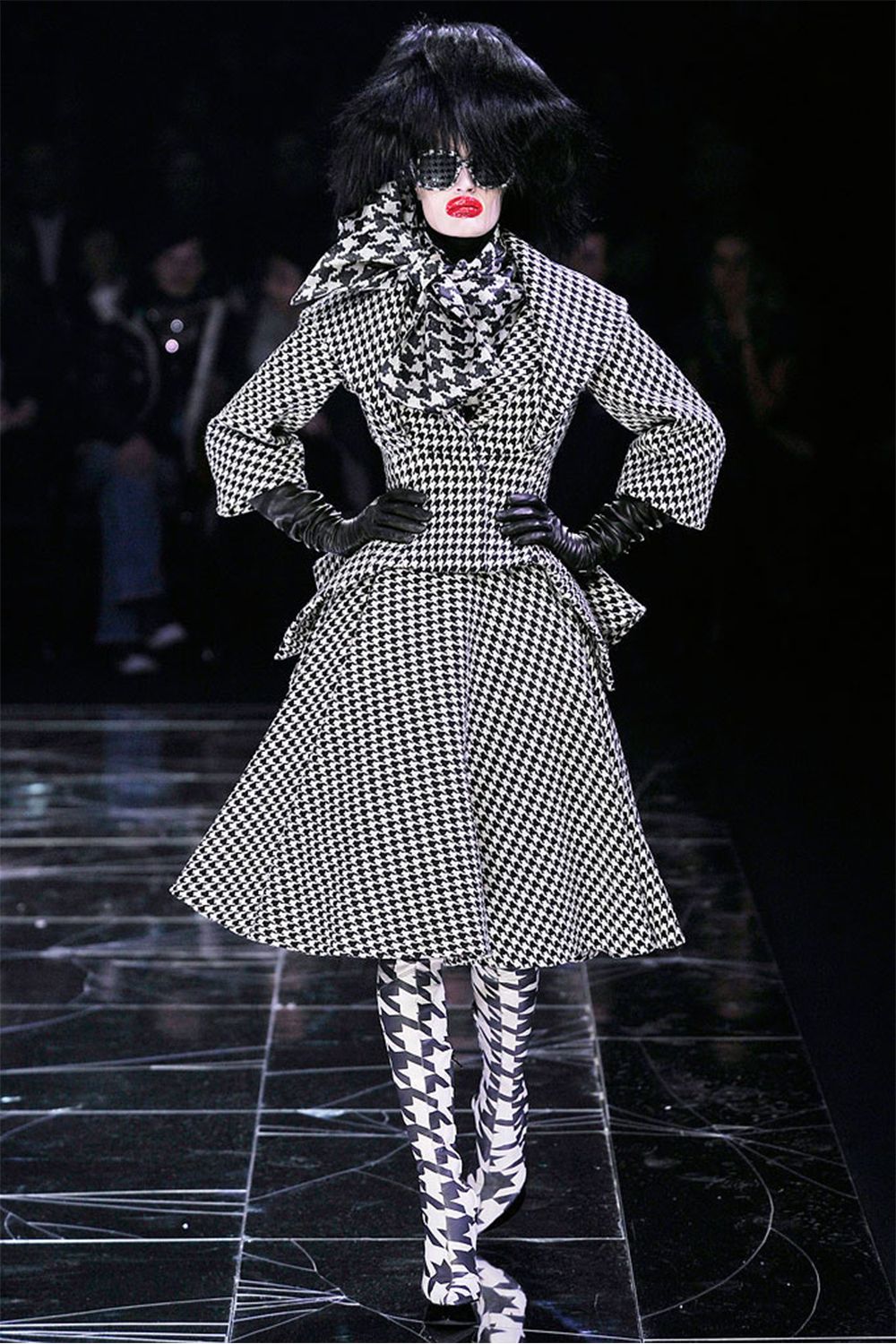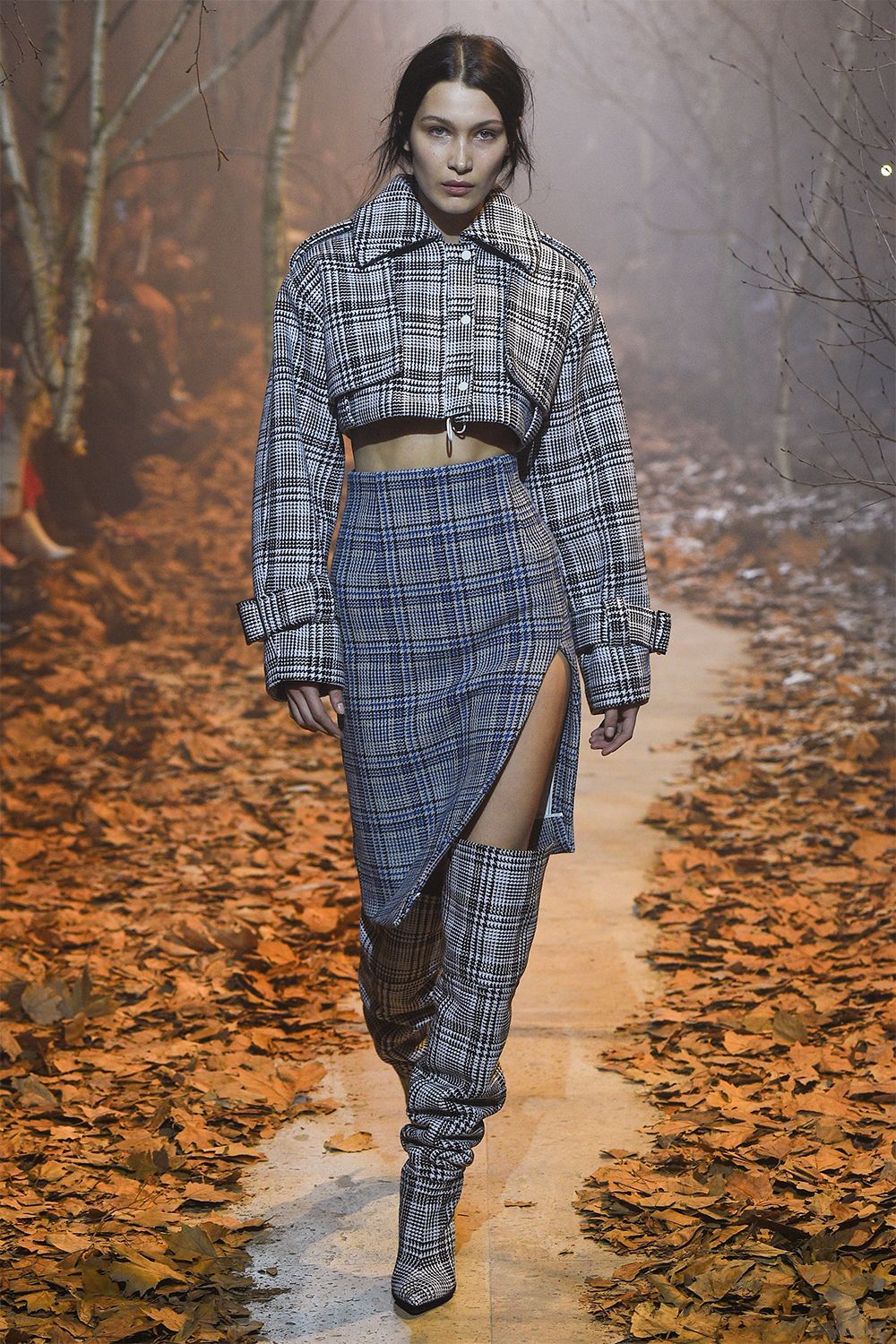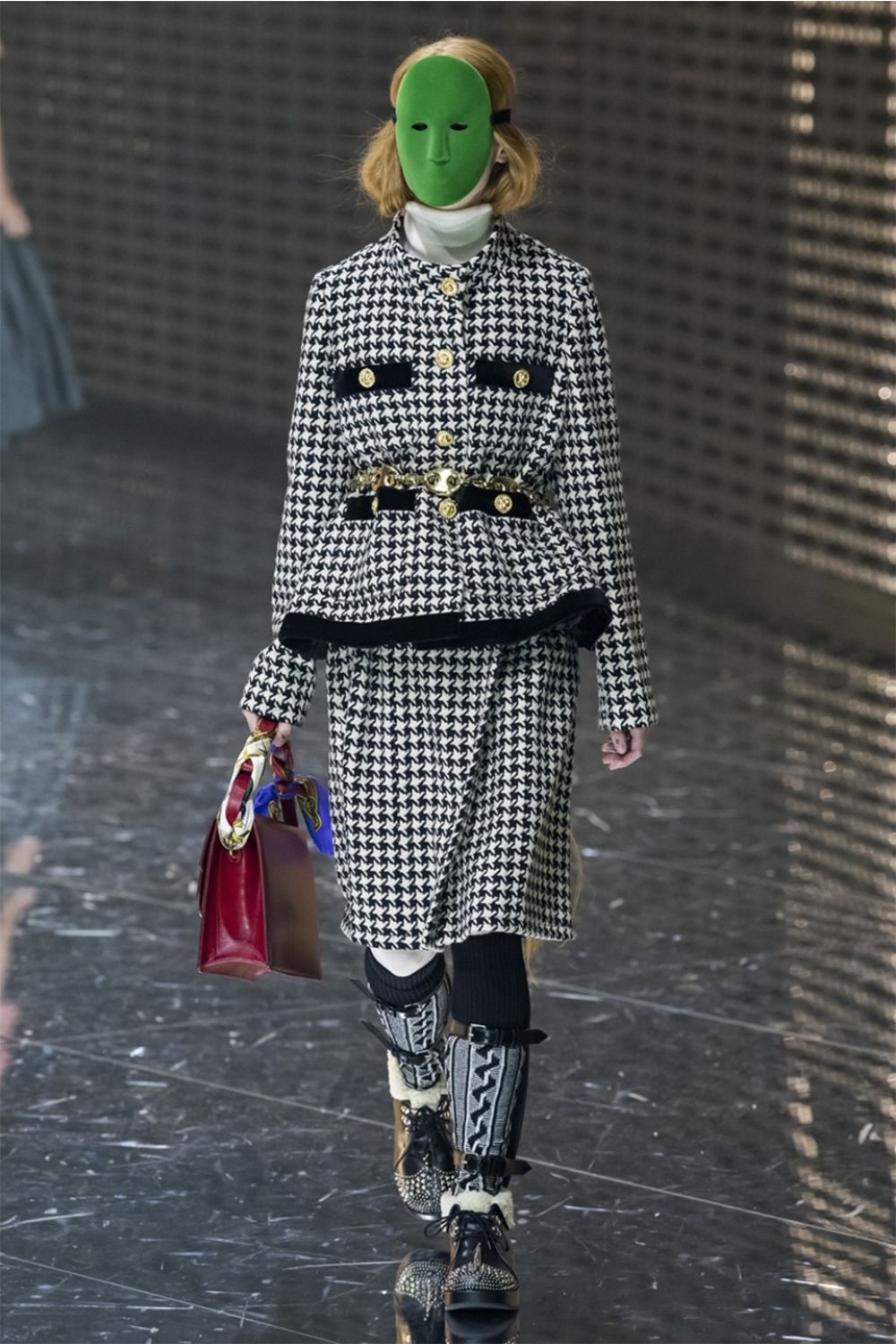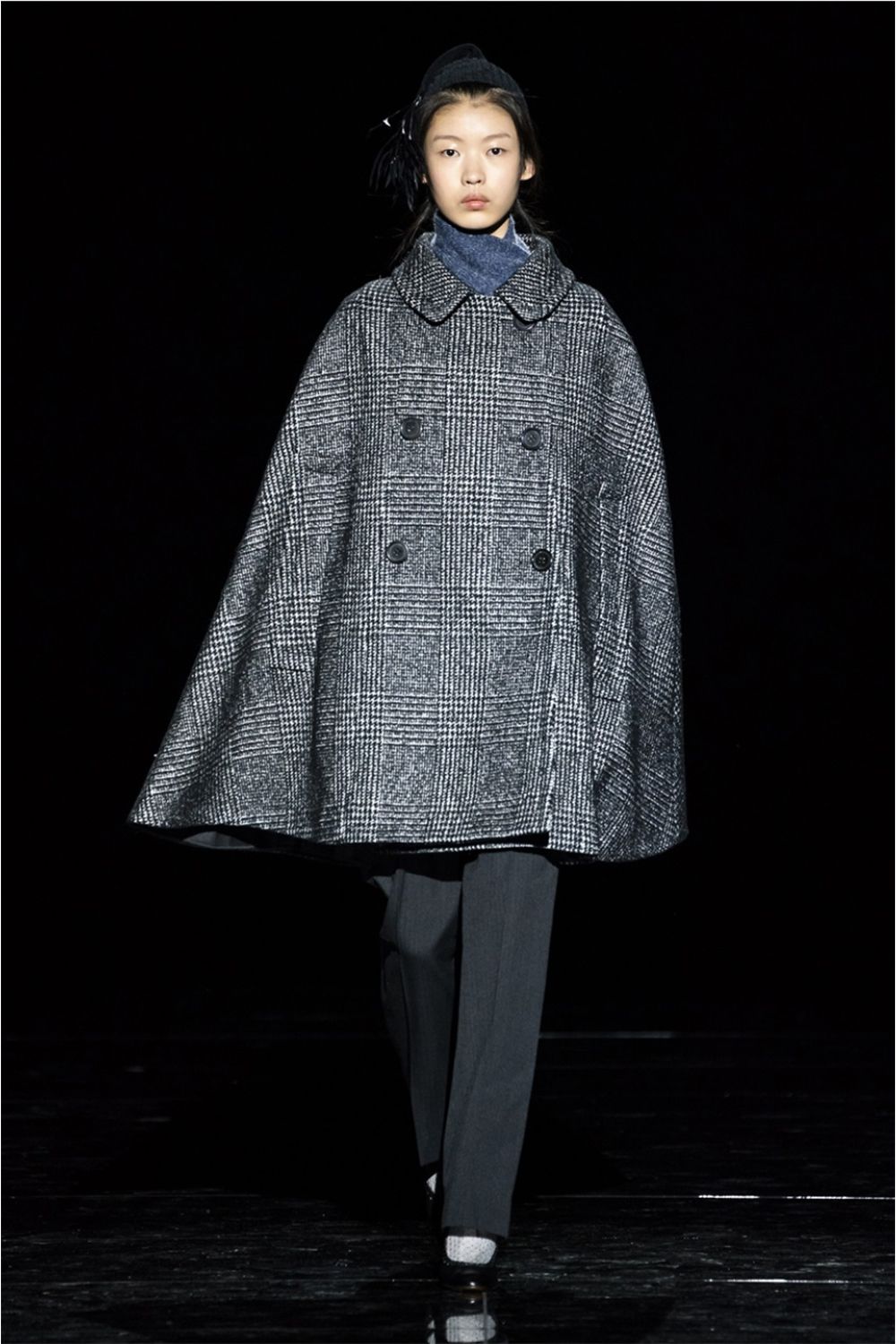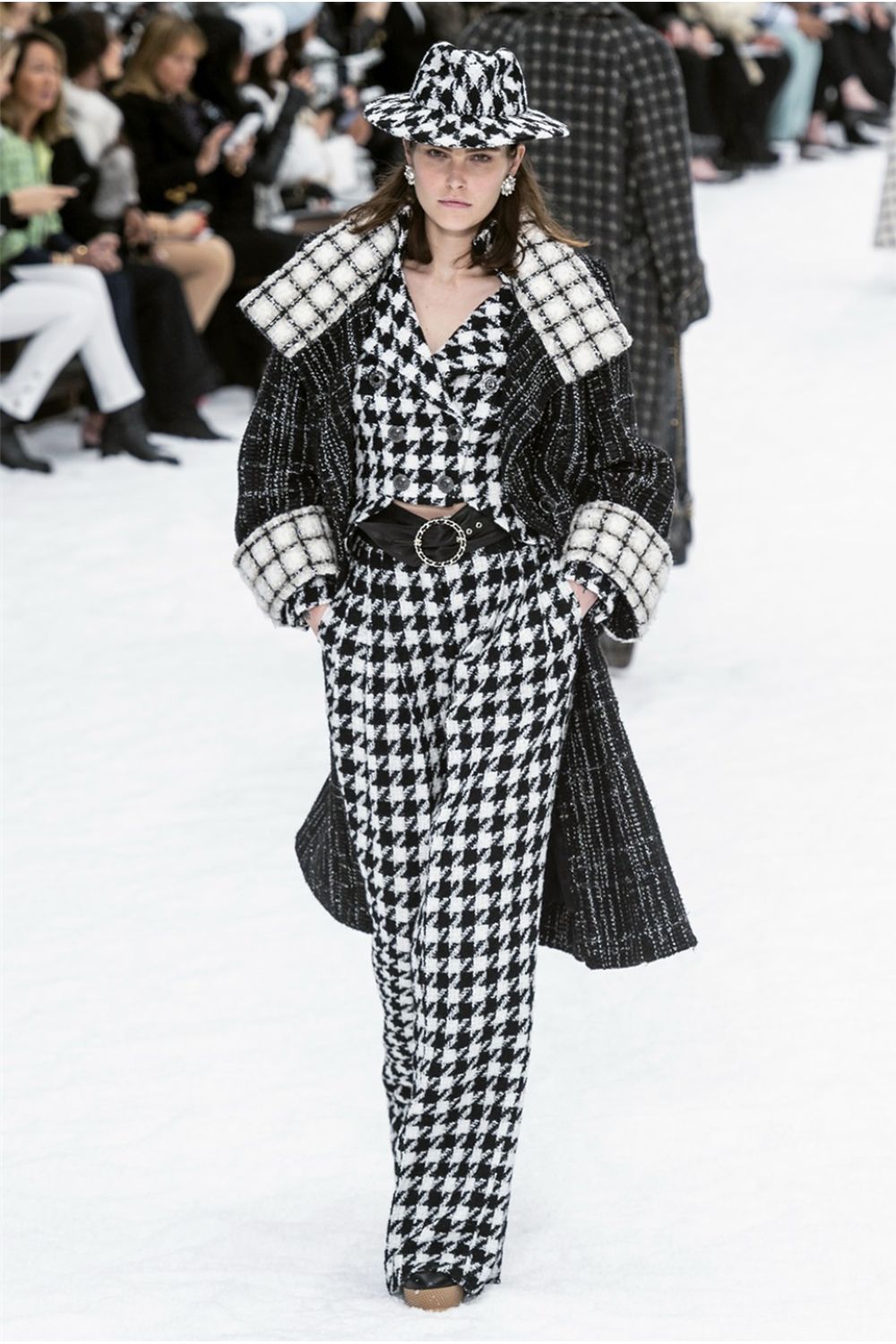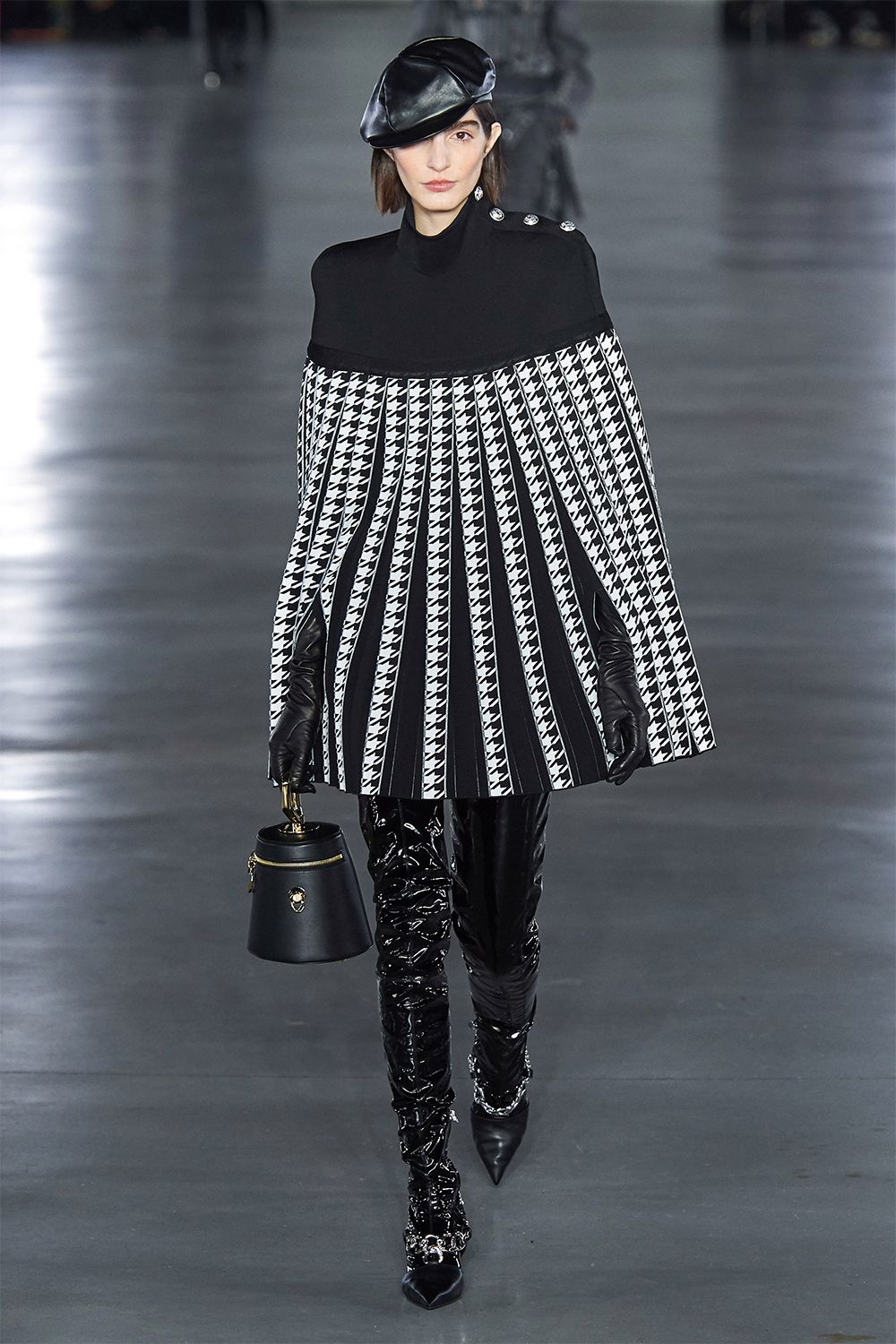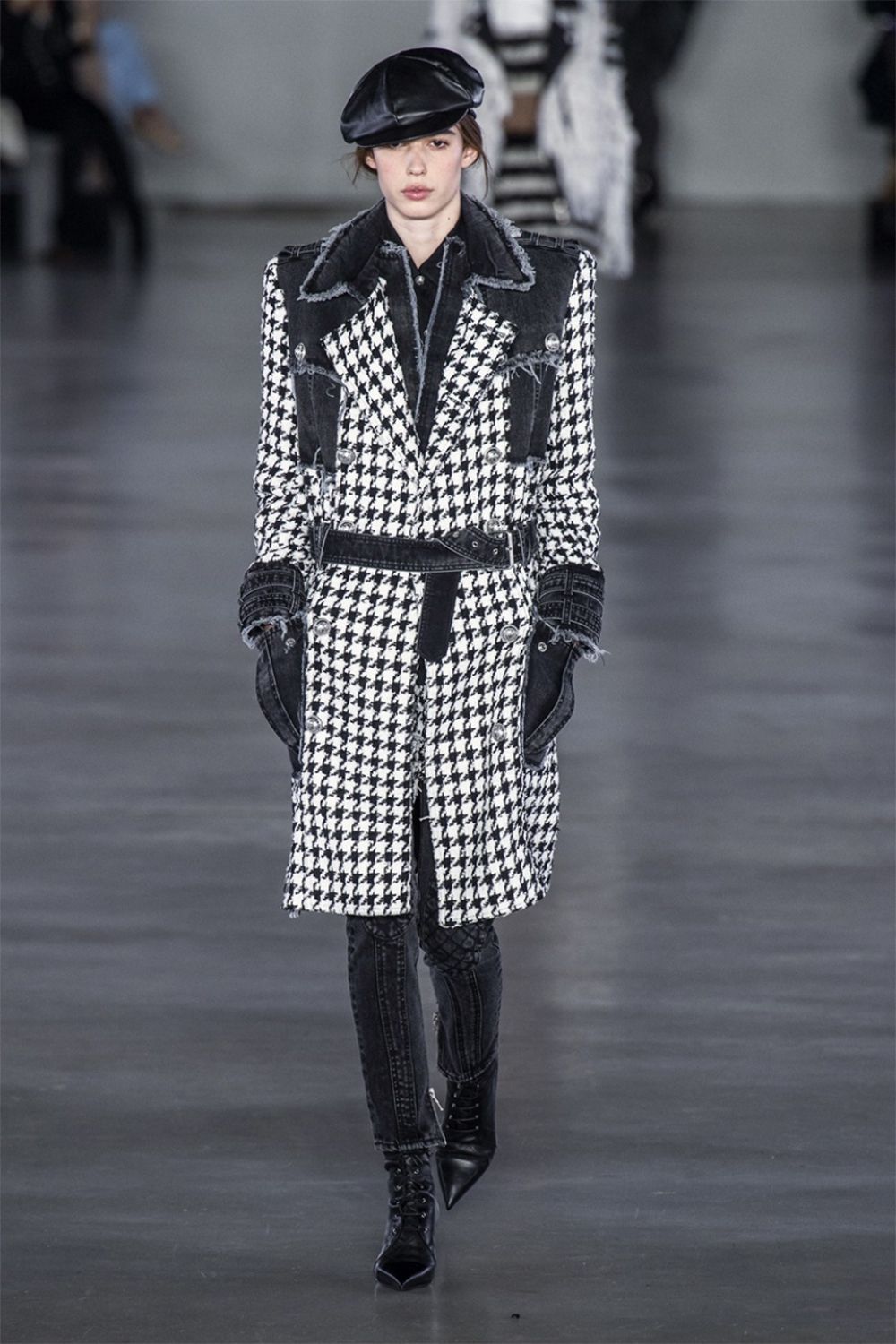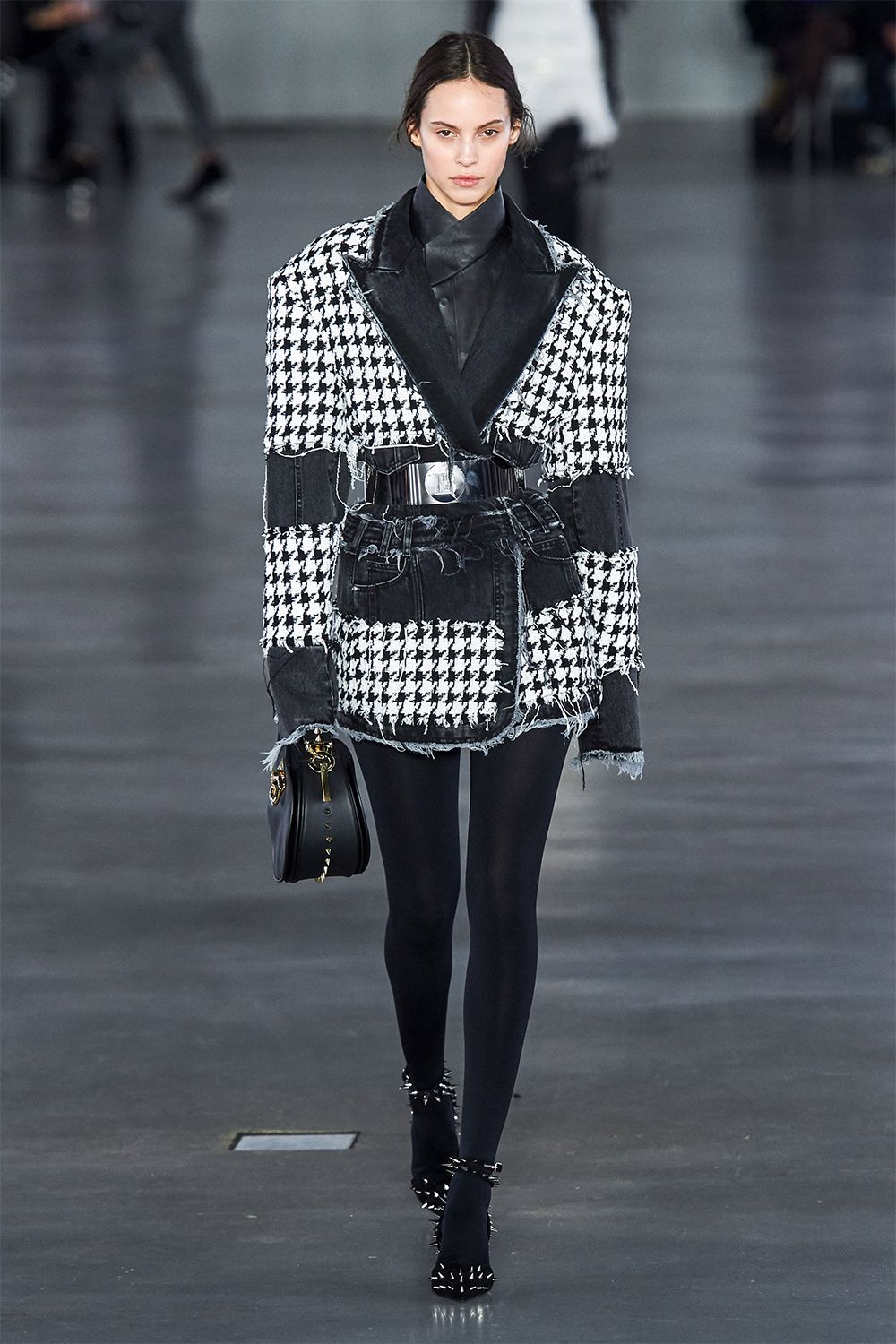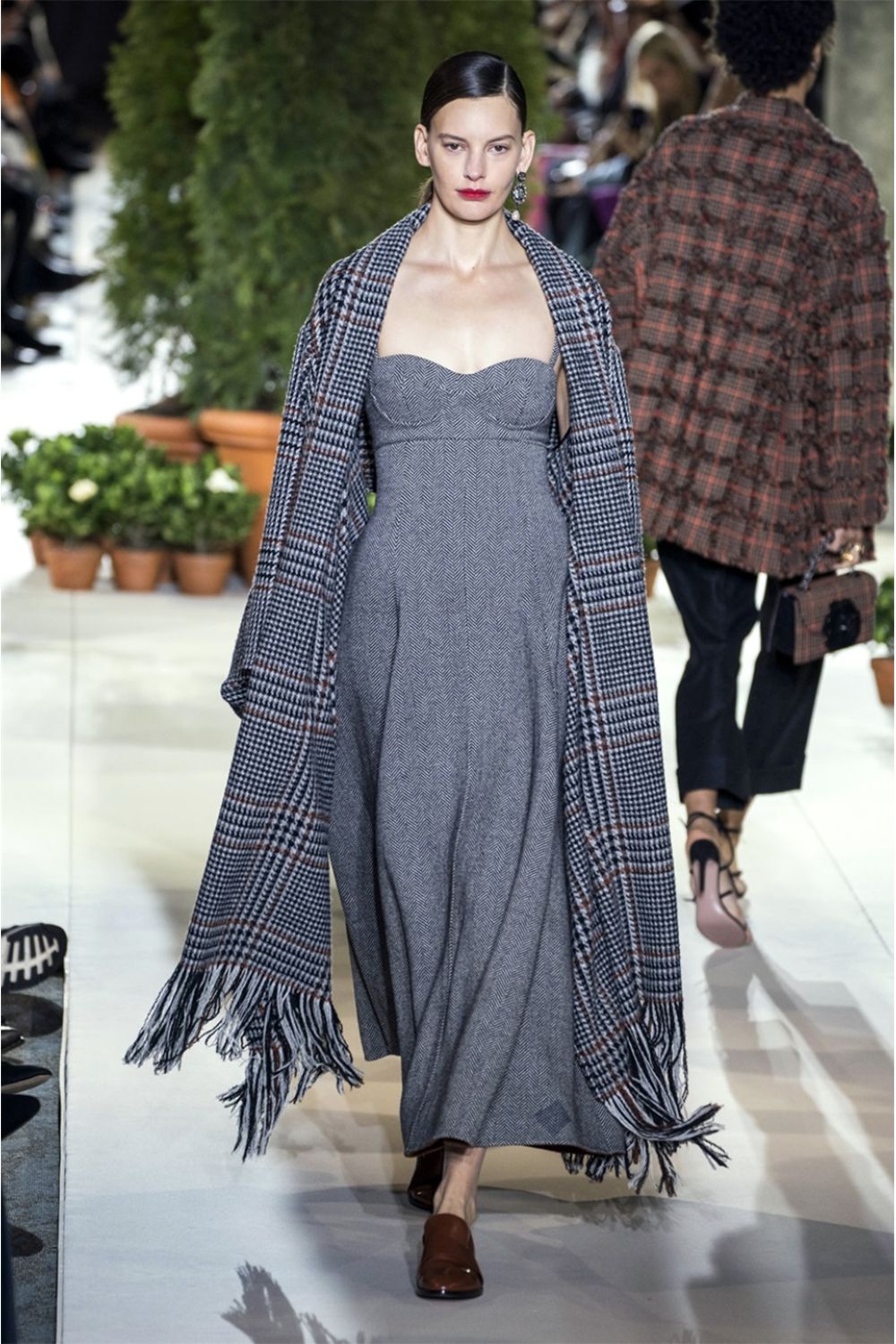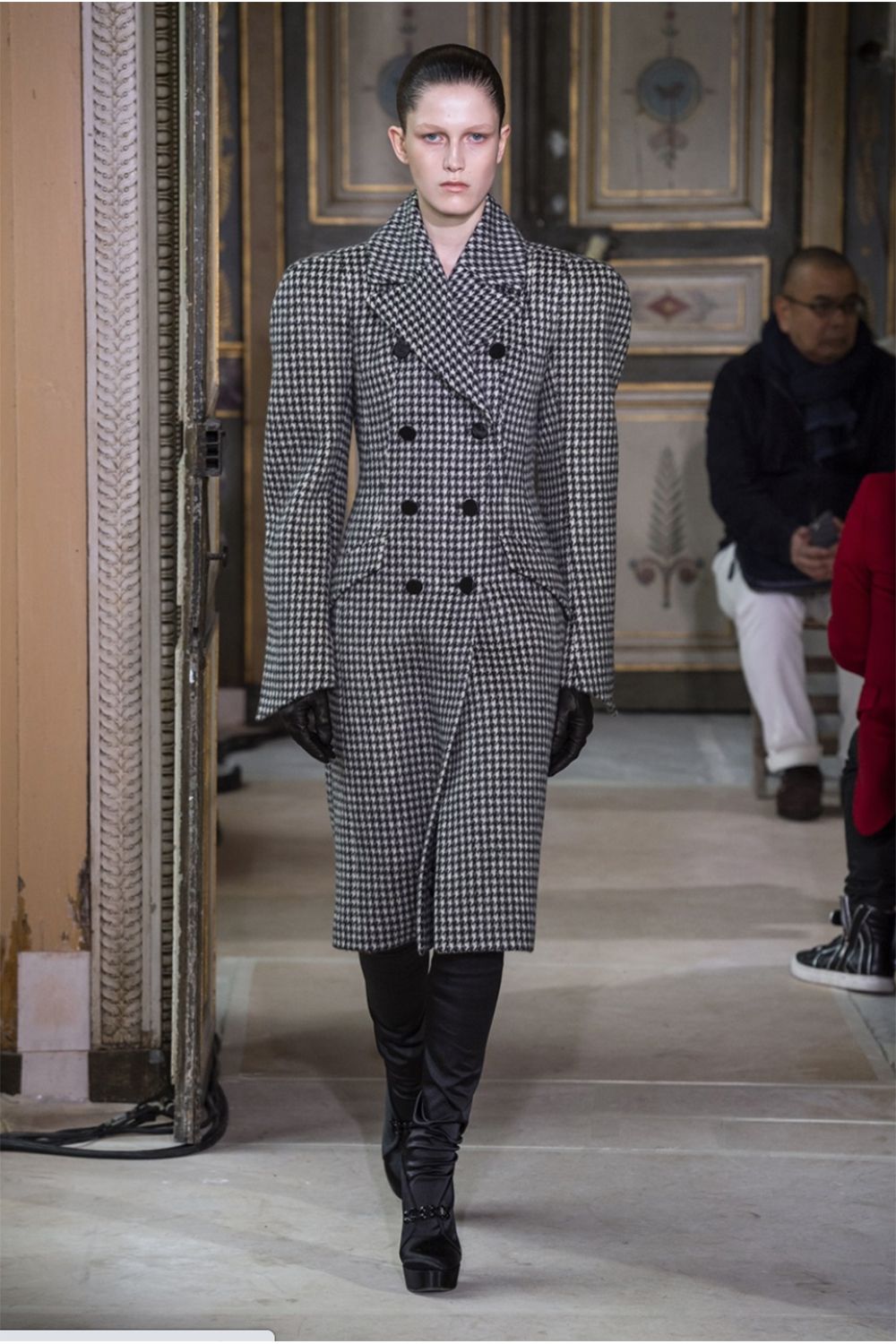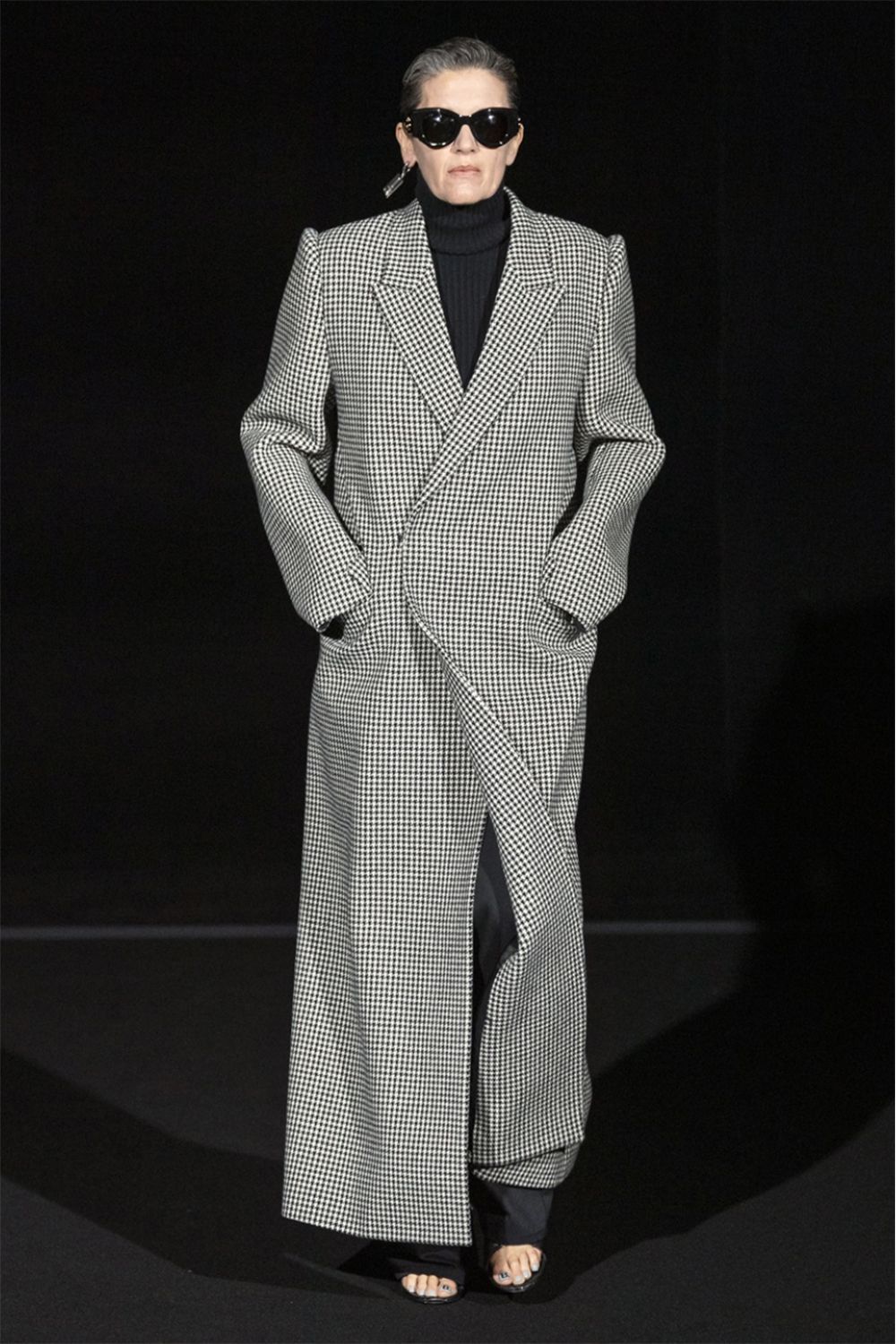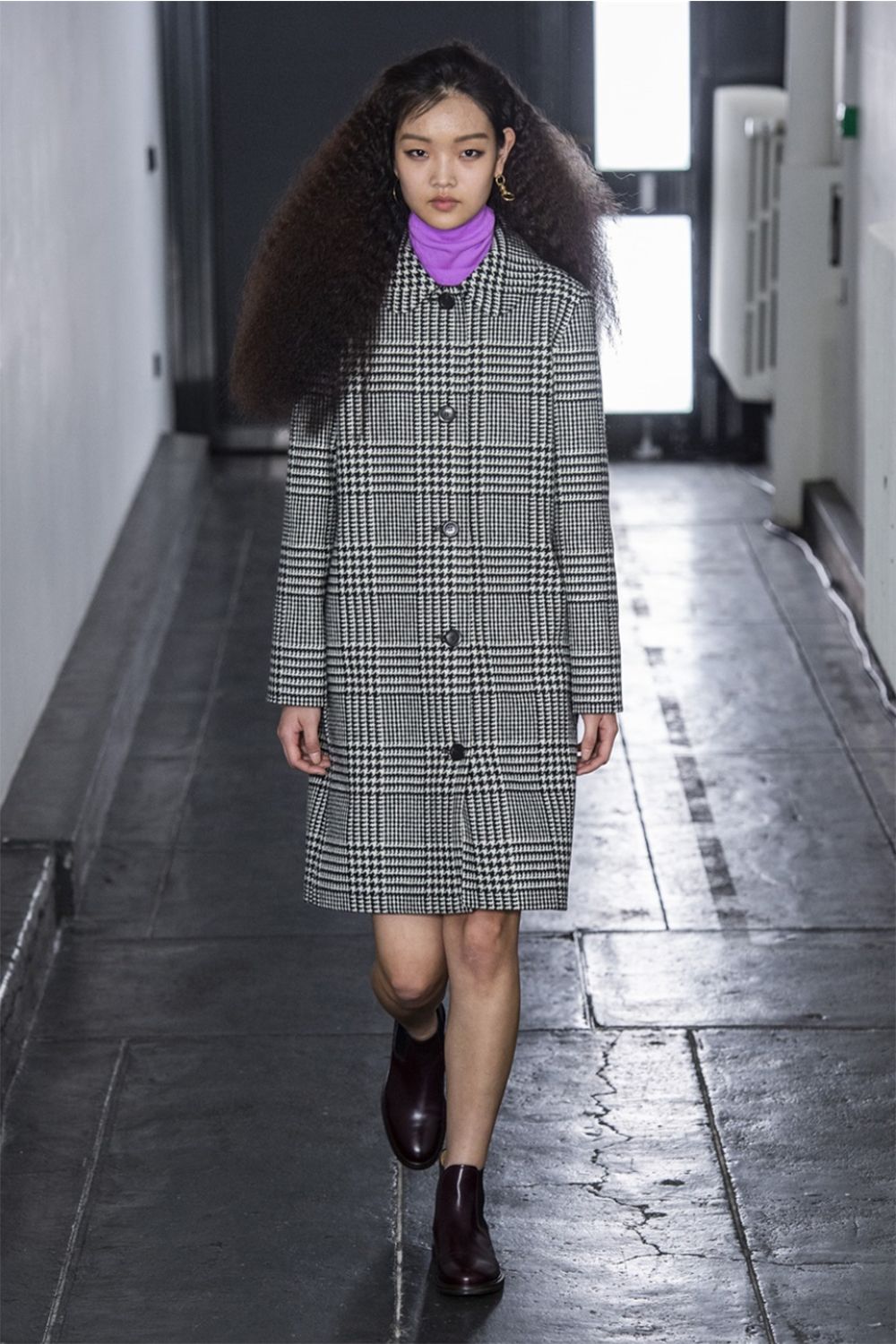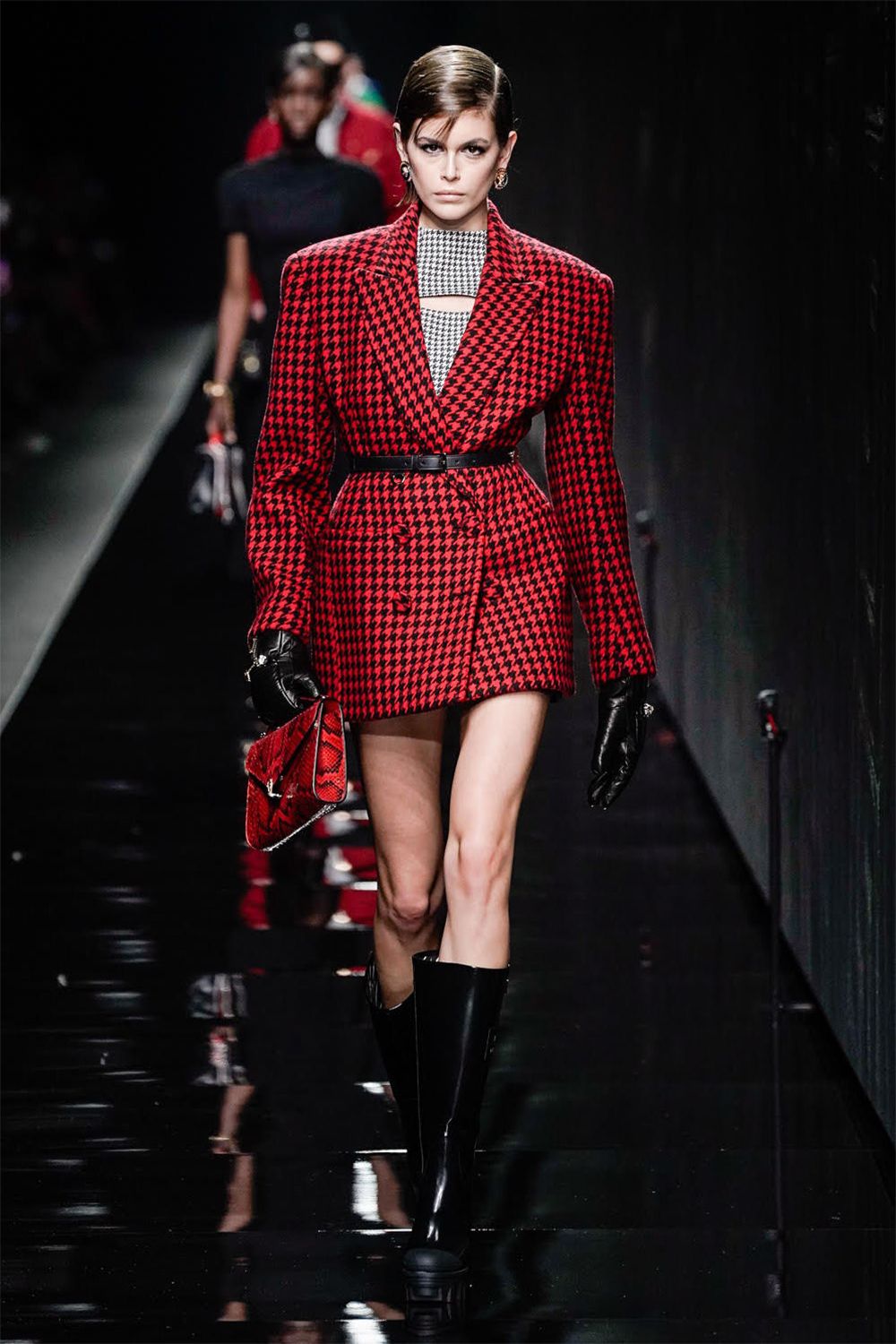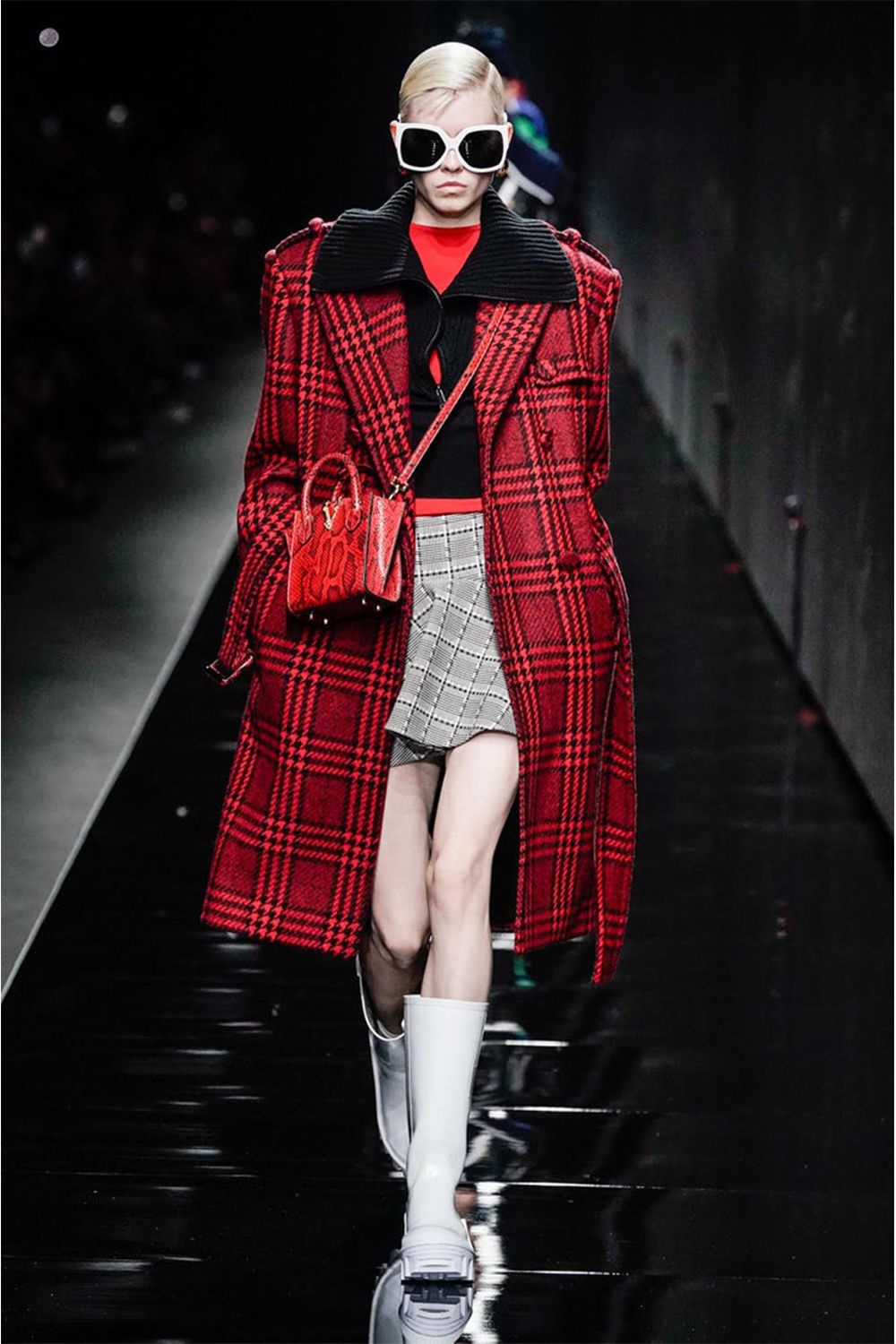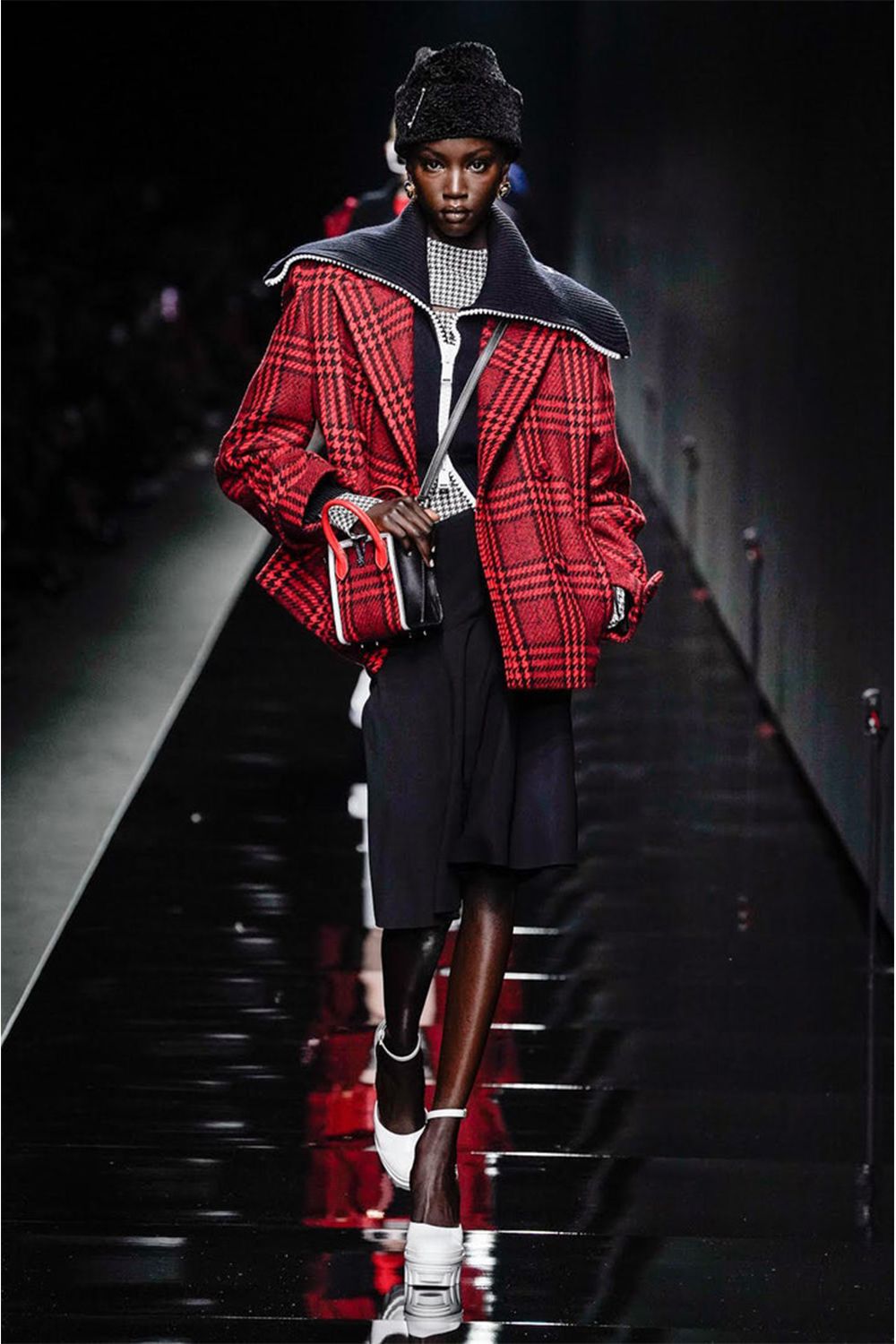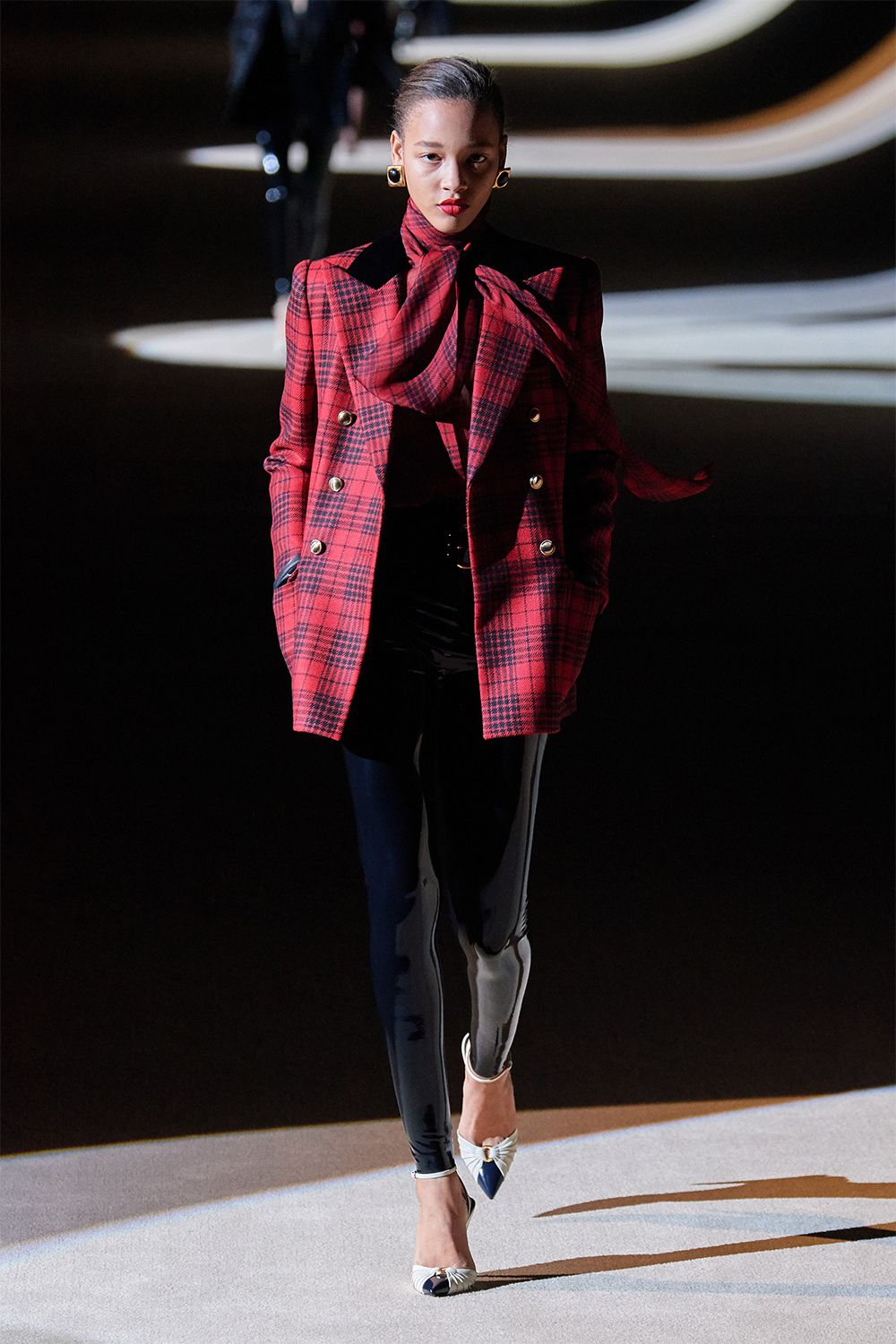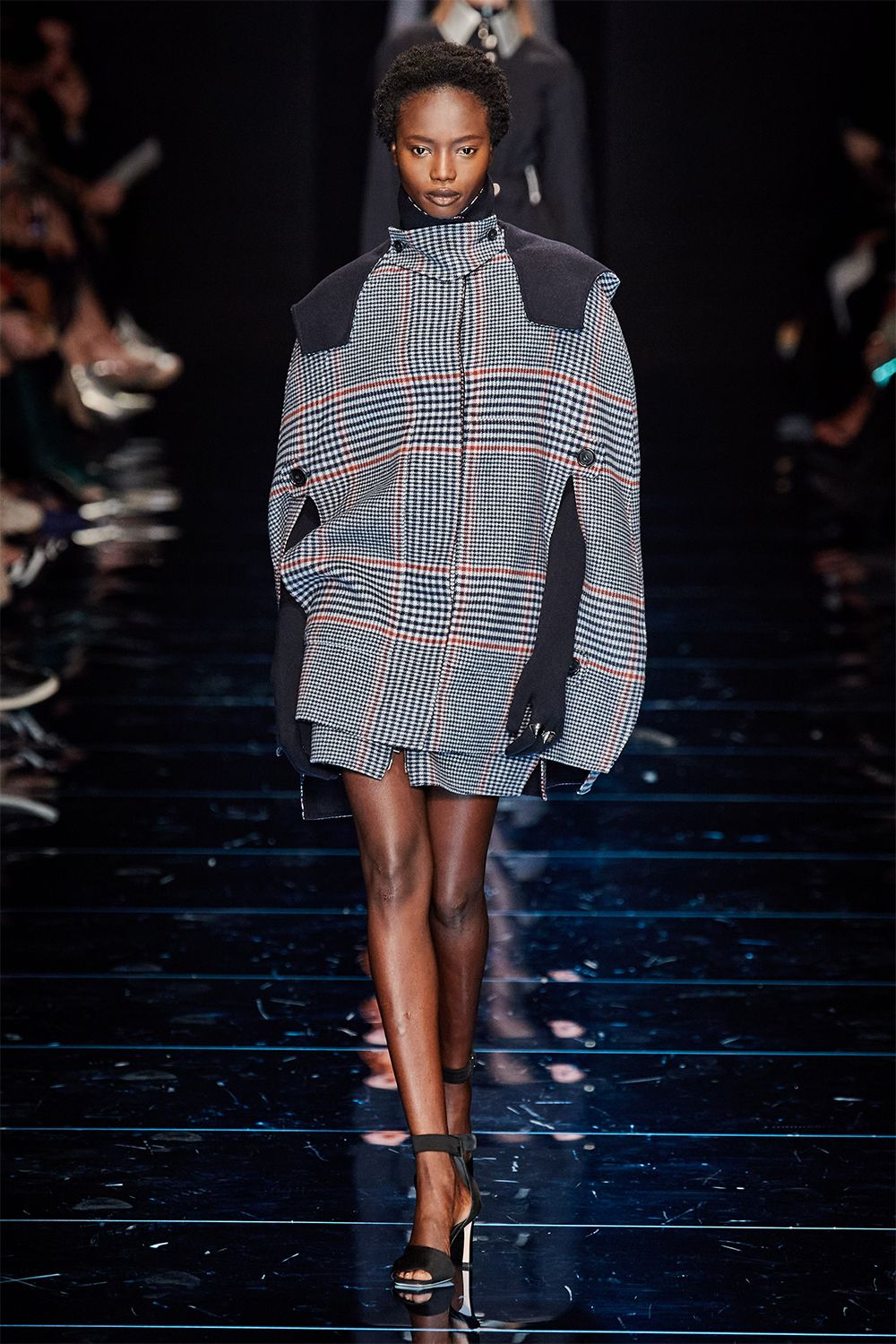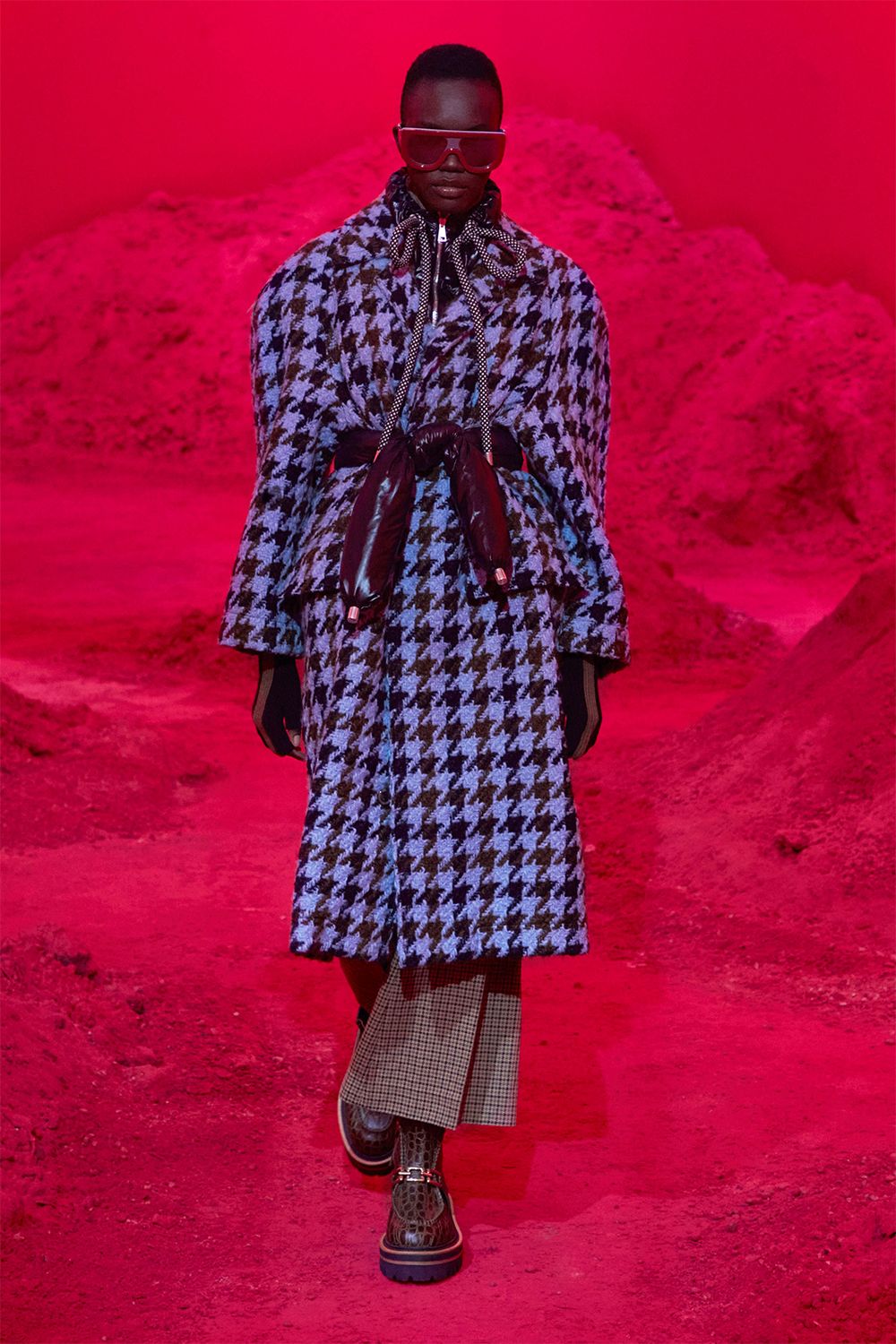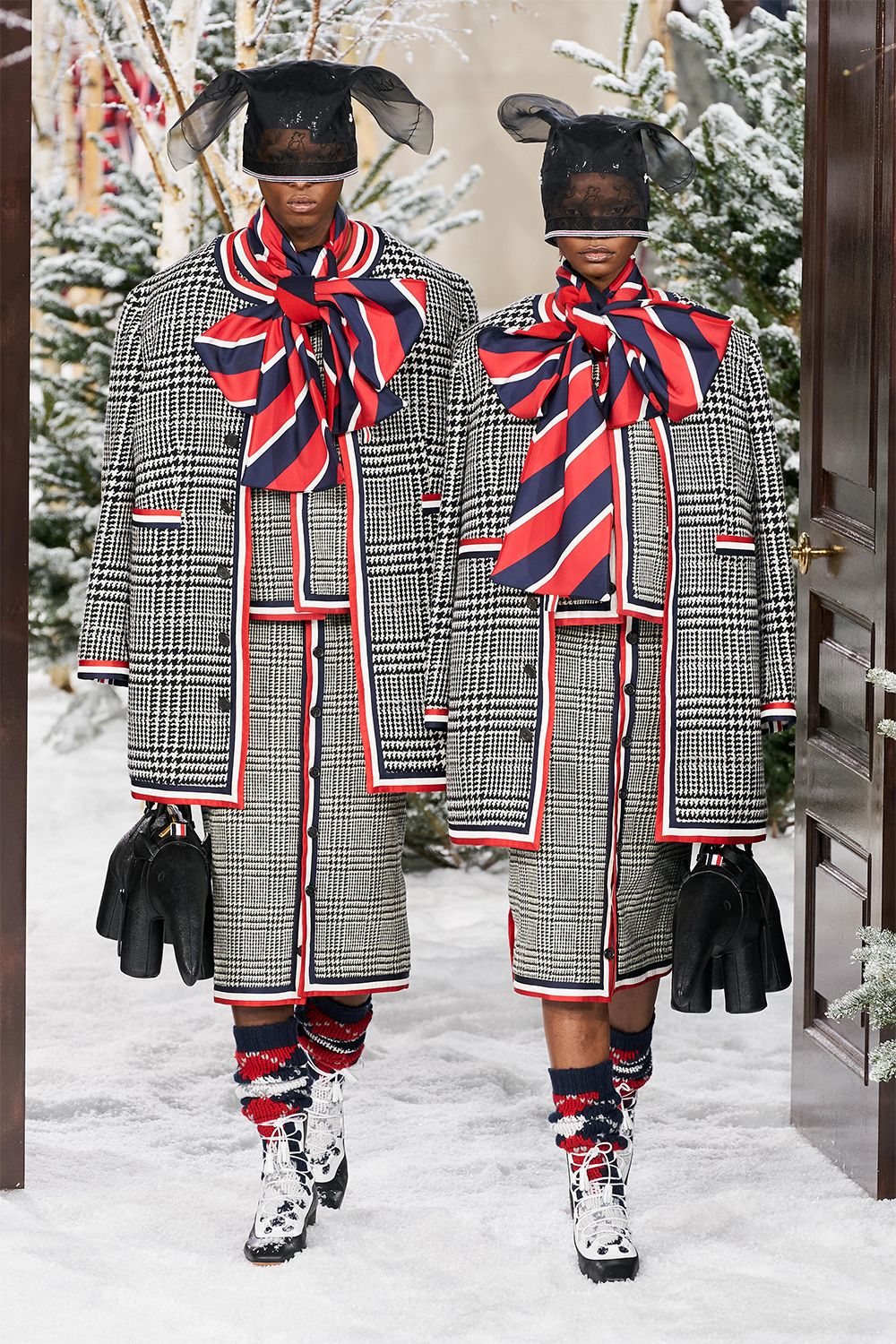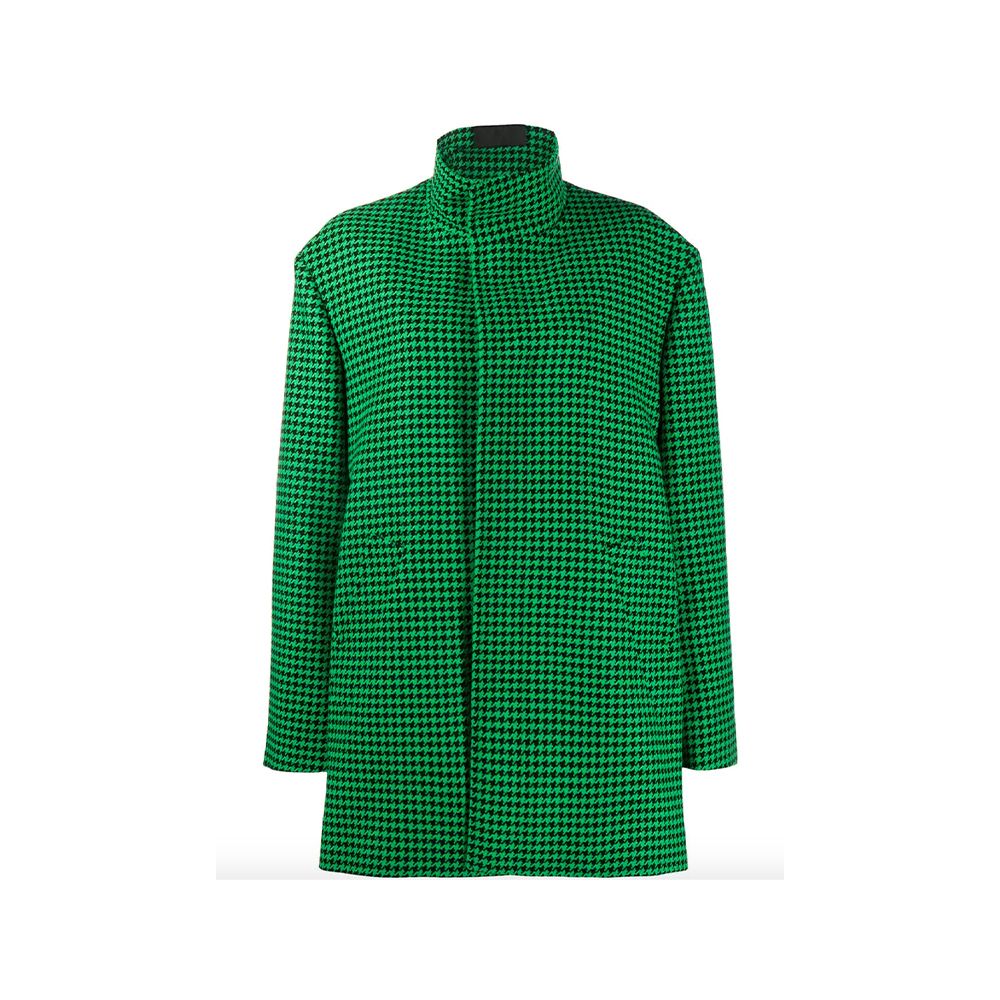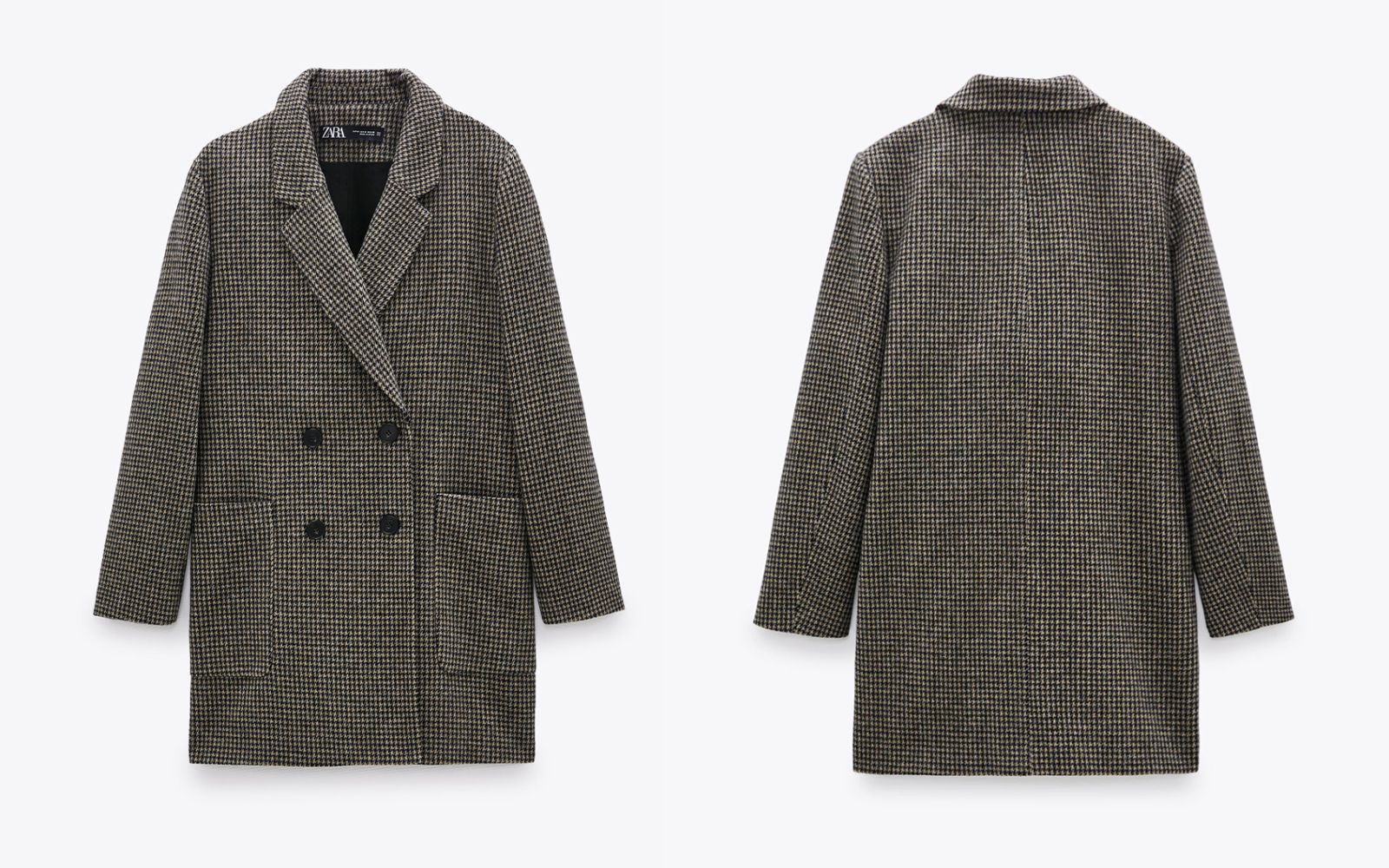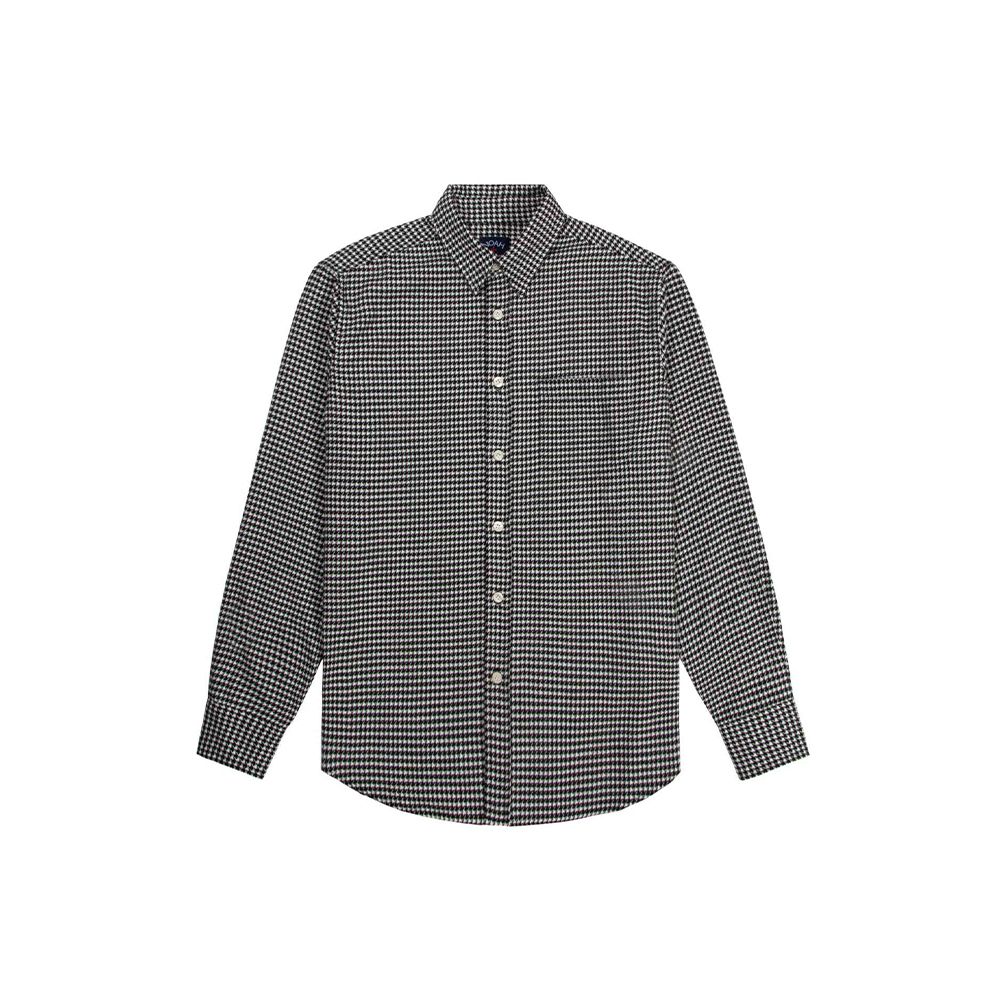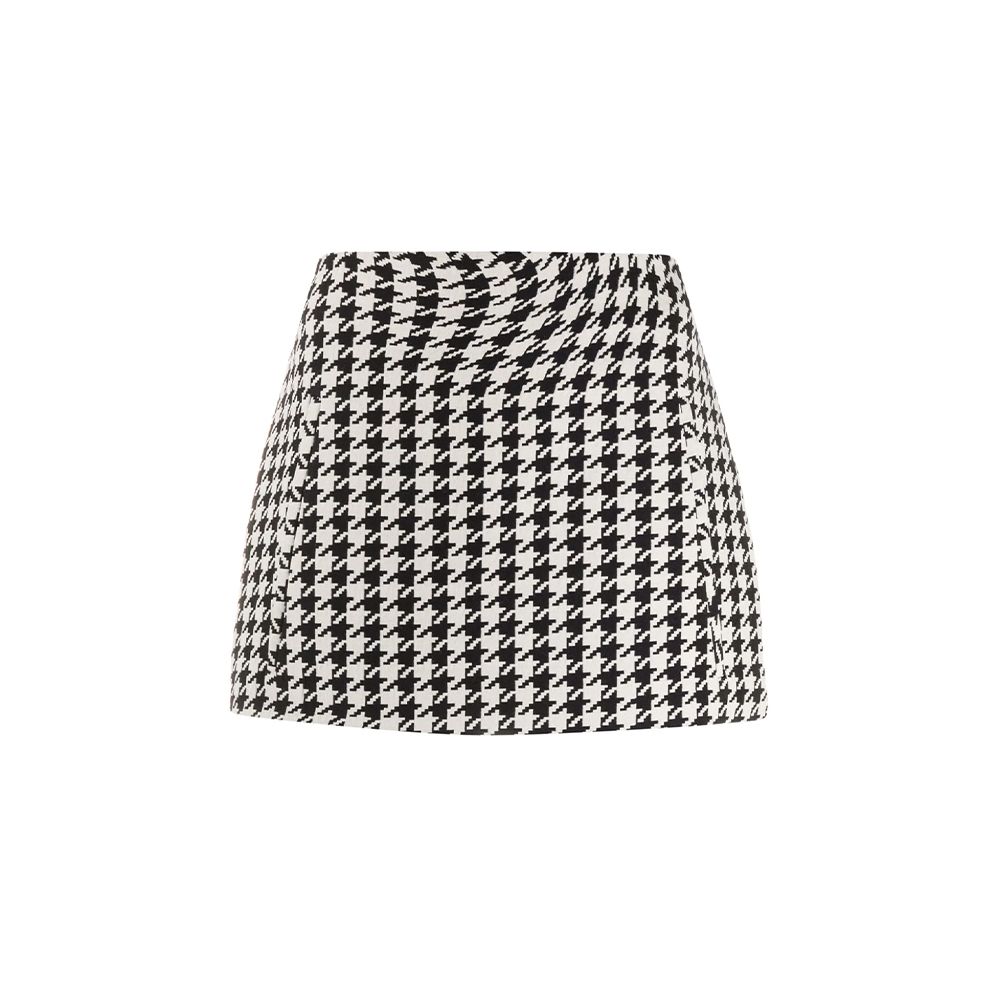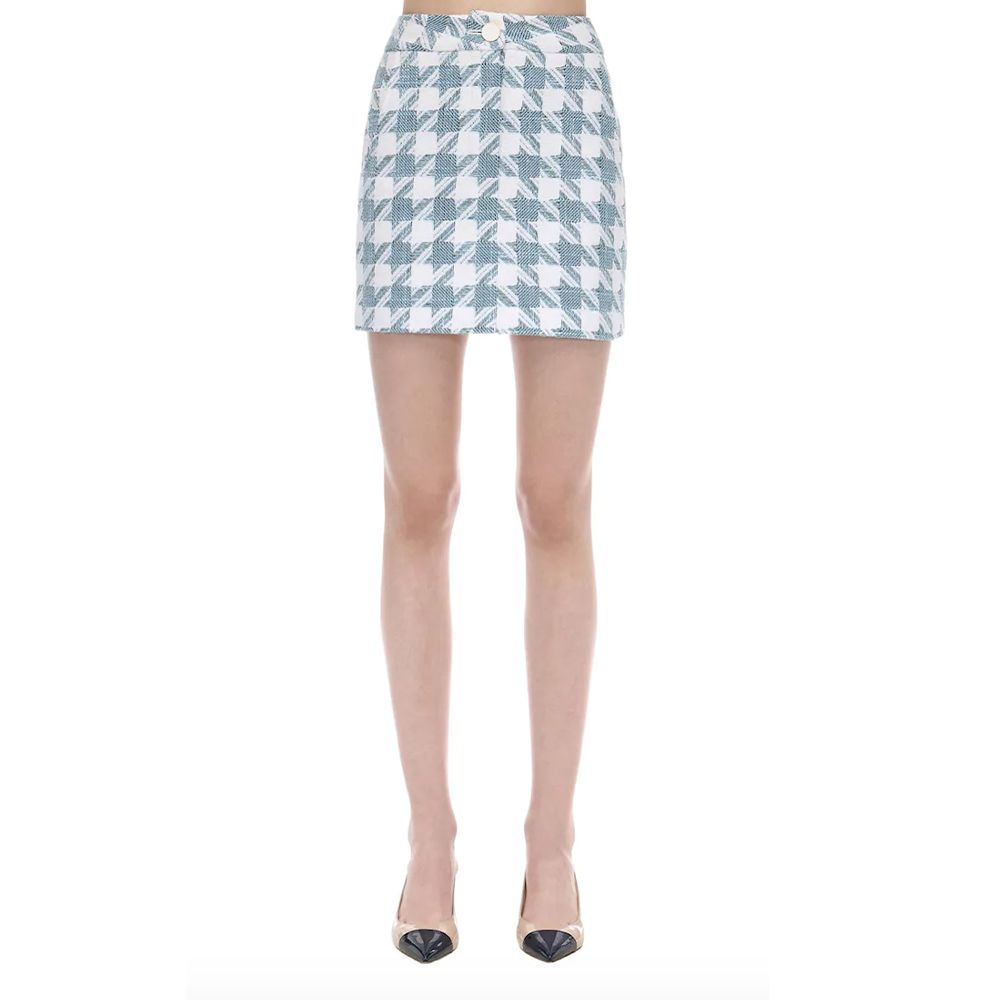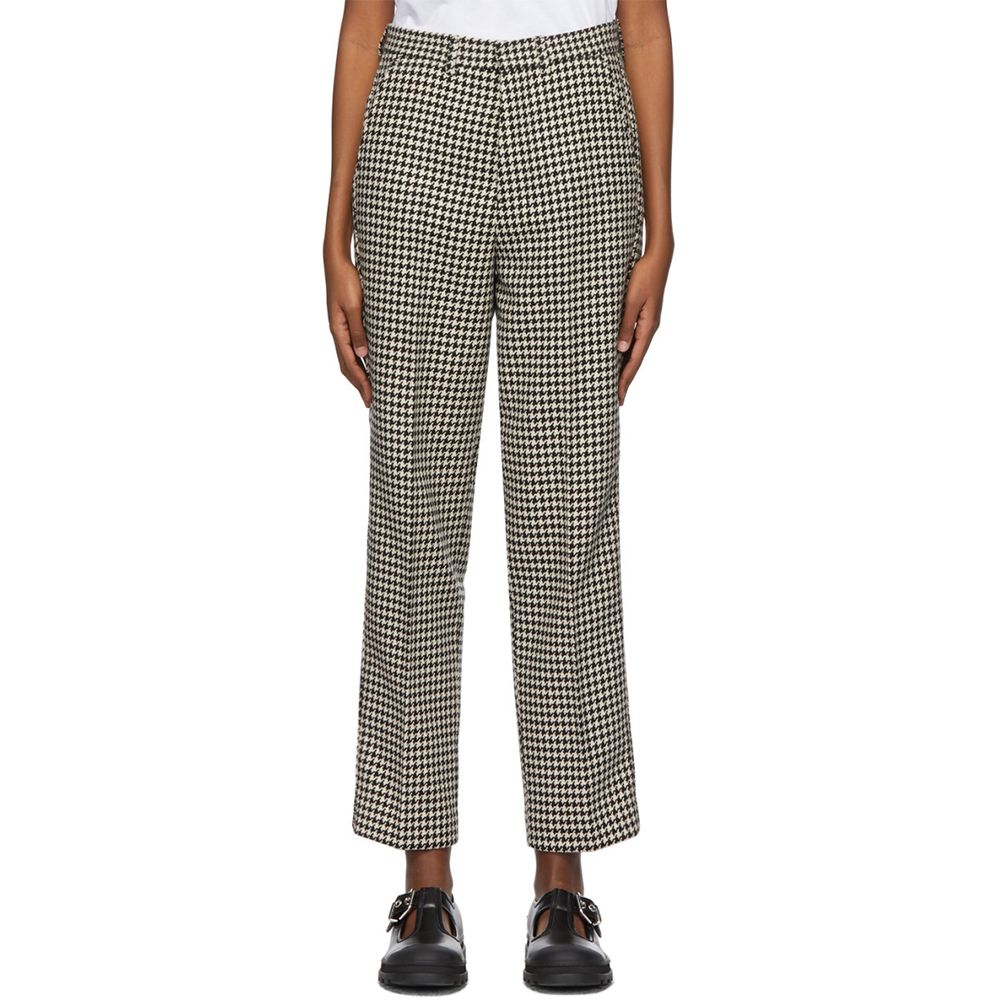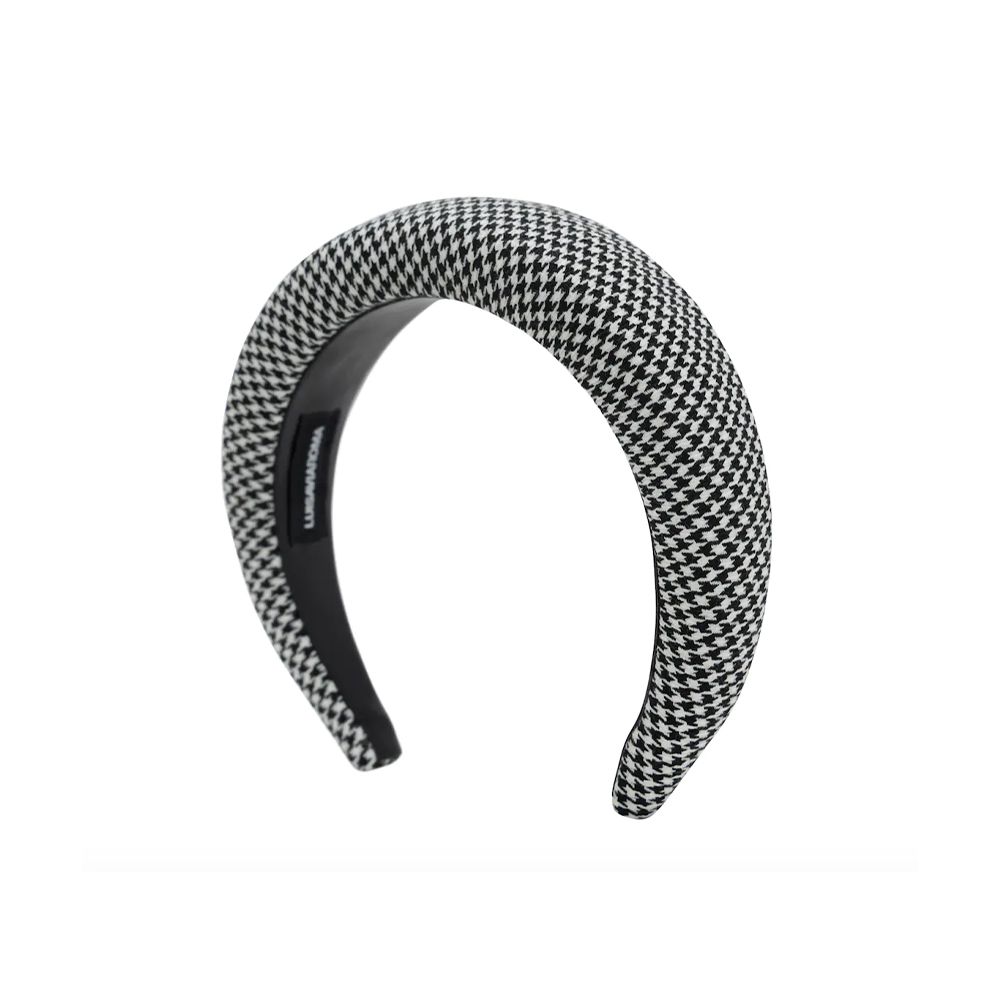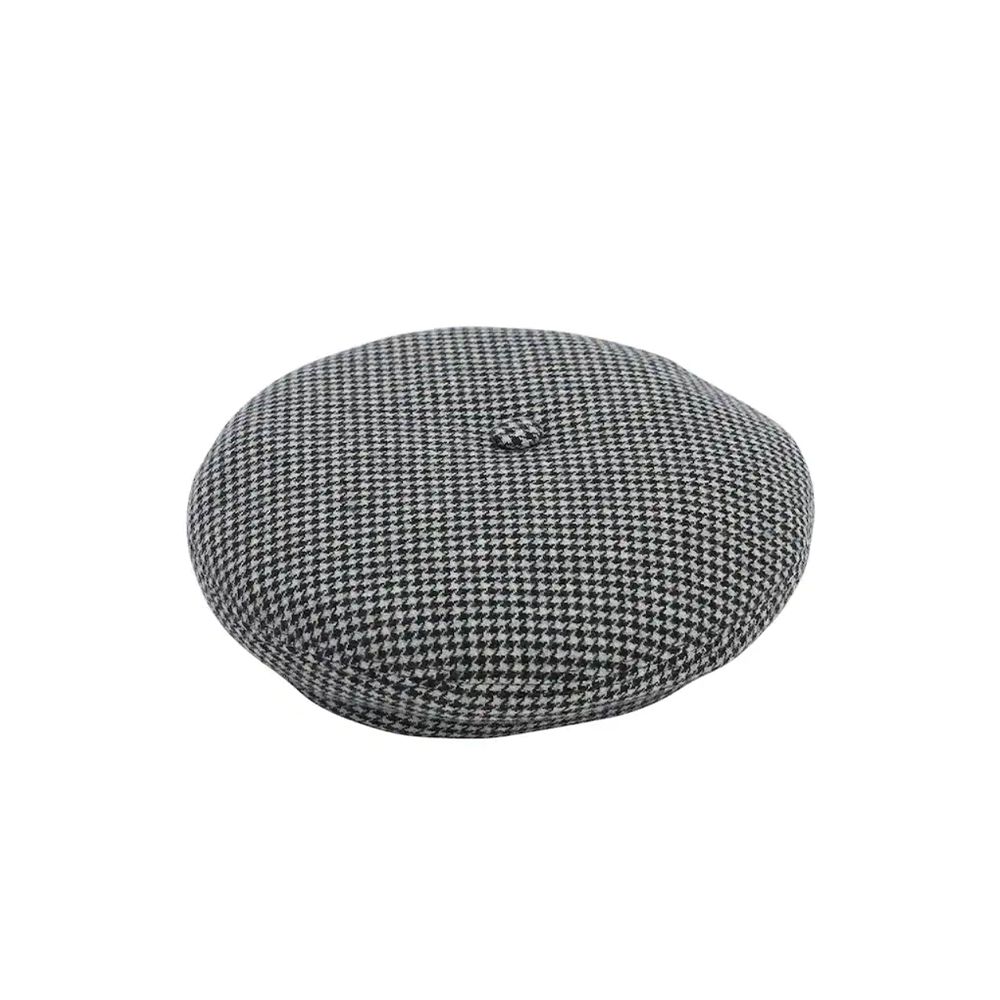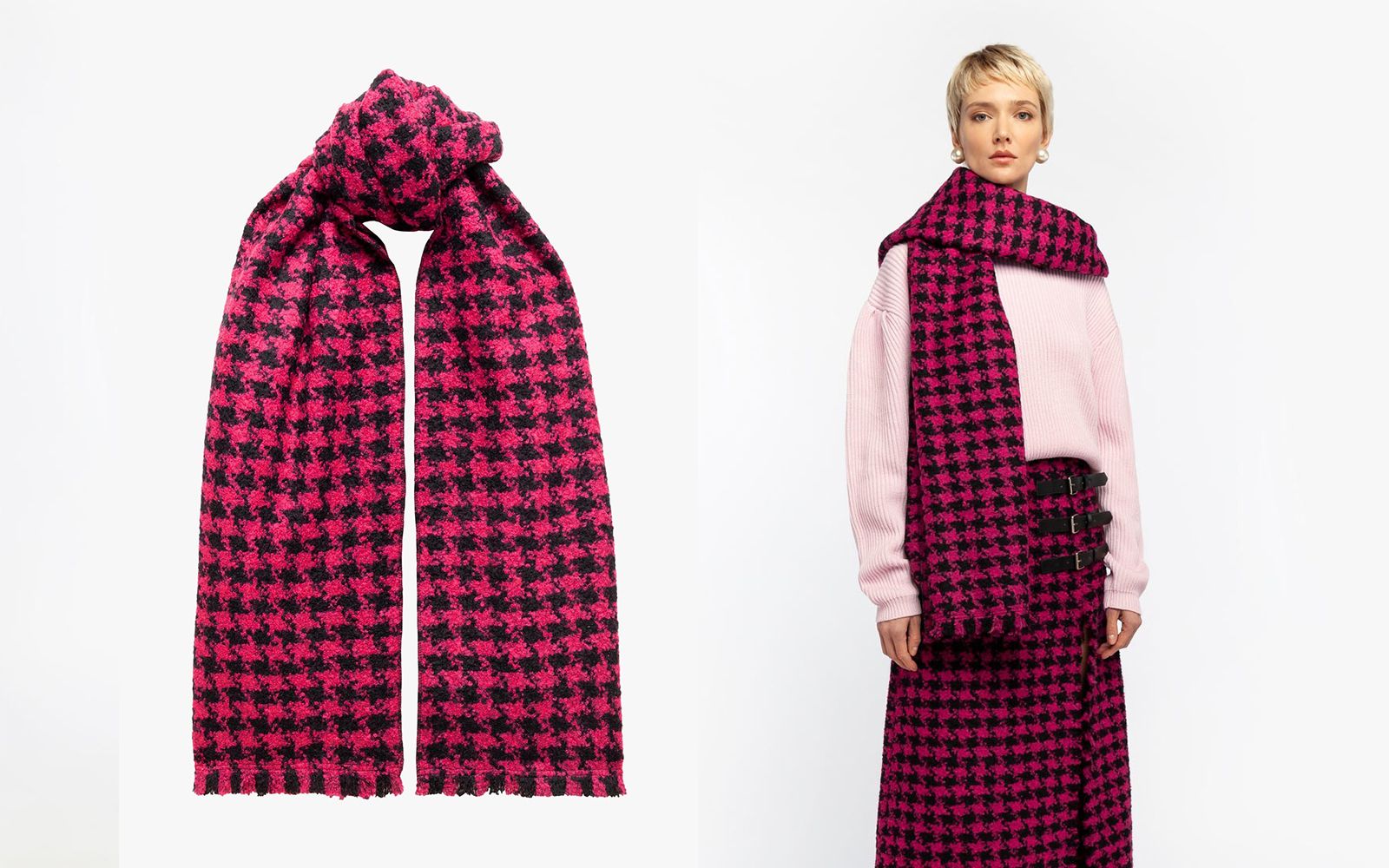
History and evolution of the pied-de-poule And a shopping guide with the best items for the cold seasons
Houndstooth, pied-de-poule and shepherd's check. Those three names have more than one thing in common, but far from the animal world their main connection is the woven fabric decorated by black & white broken checks named à la francaise “pied-de-poule”, after its chicken’s feet resembling shape. The bicolor pattern appears seasonally in shop windows and around town both in black and white and colorful variations with a strong optical effect, and in a Sex and the City power trip we couldn’t help but wonder… where does it come from?
The origins of the pattern
The pied-de-poule or houndstooth pattern was born between 360 and 100AC. It belongs to the traditional Scottish Tartan Fabrics Family, and was mainly diffused in the Scottish Lowland, near the Anglosaxon border, that’s why its also called Border Tartan. As one of the more ancient tartan types, houndstooth was probably adopted by those clan-fights-free individuals and originally made on a woven wool cloth, weaving a fair sheep wool for the lighter checks and a darker wool for the contrasting black ones, usually from a naturally tinted wool weaving or simply from a black sheep. According to “The Costume of Scotland” by John Telfer Dunbar is was worn by Scottish shepherd’s with a mimetic and protective aim, because from a distance the pattern’s colors melt together making the figure appear afar.
But after many centuries houndstooth lost its mimetic and utilitarian aim and started to be acquired by high class people looking for a new look to refresh their image, first becoming popular on skirts and scarves to be then acquired by interior homeware too.
The fashion evolution
In 1950 pied-de-poule becomes Christian Dior’s first fragrance signature: he made an outstanding vertical packaging decorated in the bicolor pattern to highlight the dualism of Miss Dior. Then in 1960s Optical Art came and found in the broken checks pattern the perfect optical effect to play along with their optic illusion analysis and art making. In that period, houndstooth starts to appear into catwalks. After years and years of use and innovative pied-de-poule in sportswear, winter or elegant and elitarian as seen on Oscar de la Renta’s 1992 catwalks, the pattern goes up to the '90s wrapped in a high aura, which it maintains until 2009, when Alexander Mcqueen desecrates it with an entirely houndstooth total look catwalk, that creates a typical strucking and visionary McQueen’s scenario.
From 2010 onwards, all the most important fashion houses adopt it, mainly in the classic black and white version, making it the main trend of the cold season both on the runways and in fast-fashion chains: from Chanel to Balmain, from Area to Moncler, the major maison offer the trend in pop colors, in maxi or micro-patterns that create optical illusions, on coats, blazers, dresses and skirts.
An impactful evergreen that should be among everyone's winter essentials, whether it’s a coat, a sweater, a blazer or a scarf, in classic black & white, red & black or with a pop twist. nss G-Club offers a selection of pied-de-poule garments for the colder seasons.




















































